Fads are a problematic thing. This is true for entertainment, for philosophy, for diets, and definitely for workouts. There must be a million “famous” fitness celebrities and athletes out there selling their custom, one-of-a-kind workout and often some diet to go with it. New ones come along every day, some stick around, others vanish into obscurity in short order.
Now, that’s not to say that these various workouts aren’t any good. If it’s what these people did to get in the shape which they’re in, surely, it’ll work for some other people too. The problem isn’t that these exist, but it can make it all a bit overwhelming. Everyone will try to recommend a different exercise regime or training program, and most of the time, they’ll have good scientific evidence to back up their suggestion’s efficacy.
This broad range of choices leaves people just getting into fitness in a bit of a quandary. Heck, it’s a quandary even for people in the field for some time, because even some very old workout strategies can take a while for you to hear of them. That’s just how many of them there are.
This is the case with PHUL, which I didn’t hear of until quite some time after it first appeared. The first time someone mentioned it to me, they pronounced it “fool” but gave me the spelling. I thought it was some obvious joke and laughed at him at the time. Further research showed me that no, PHUL was definitely a real thing. Is it pronounced “fool” or, as I’ve heard a few say, “fuel”? I prefer “fool” just because, well, it’s funny and less pretentious.
What exactly is PHUL training, and what do I think of it, I hear you ask? Well, let’s talk about that. You all know by now that I do have somewhat of a pragmatic disposition, so you can expect me to both extoll virtues and criticize flaws equally.
What is PHUL?
Let’s start with looking at what it actually is. PHUL stands for power, hypertrophy, upper and lower. The core concept of PHUL isn’t that alien, dedicating days to the upper body and the lower body. Lots of people do this, hence the old joke about “leg day,” for example. That’s not what makes PHUL stand out, though.
Instead, it’s that it’s a four-day program, with two days for either half, where a lot of people do a complete set for either half on a given day and sprinkle in some aerobics and other active habits on different days.
PHUL has high-intensity and strength days. There are days where you work on strength with greater weight and days where you work on inducing muscular hypertrophy (where muscles are triggered to grow and absorb protein) on others.
Here, though, we see the expected Achilles heel of PHUL. Being a four-day program, it takes up a lot of your time. At most, you get three days of downtime from it, so if you want to do other active things like running, cycling, hiking or casual sports, you’ll either have to cope with that on top of your PHUL training, or use one of those remaining three days when you’re probably sore and just looking for a day to relax (which is important).
This is why you mostly hear about PHUL from people very into weightlifting and bodybuilding as their main thing. It’s a very consuming approach, definitely not suited for people who aren’t focused on lifting and bulking up.
That said, how exactly is PHUL performed? Well, I’ll give you a simplified rundown of it.
PHUL Simplified
As I said, it’s a four-day program with two power days and two hypertrophy-inducing days. The suggested way is for two days of power (upper/lower) and then two days of hypertrophy(upper/lower). Some say to take a day of rest between them, so you’d do Monday and Tuesday, rest on Wednesday, and do Thursday and Friday.
I have my misgivings about this ordering, but I’ll get back to that. Your power days are going to be complex, slower lifts like bench presses, complex curls, and the like, which stress your muscles and require more focus.
Your hypertrophy days are more active. These are lighter weights, more reps, more speed. Squat lifts, lots of simple curls, crunches, you name it. These cause your body to grow as much muscle as possible during repairs from the power days.
Potential Problems
I have a couple of concerns with how they recommend ordering these. I’m actually okay with the two on, one off, two on through the week for the most part. Though I would suggest that rest day include a bike ride, a brisk walk, or something of the sorts. This lets you loaf on the weekend with less guilt.
My problem is that it doesn’t stagger the power and hypertrophy days. This schedule puts three days between power and hypertrophy for each half. This doesn’t cause problems per se, but I think it’s not very optimized. Instead, I think a better order for PHUL would be to do power and hypertrophy one after the other for each half.
Now, there is some science to rest between power and hypertrophy, but it’s not conclusive. If you get results from that, then you should do all four days in a row, and take a rest day, followed by a light activity day. That’s just my two cents, of course.
Bottom Line
PHUL isn’t revolutionary; it’s just a variation on targeting and scheduling we all mostly know already. But, it’s a distinct one, and something very much designed around bodybuilding and weightlifting. PHUL is not something that you’ll want to pursue if you’re not looking to get heavily into bodybuilding or lifting, and it may be a bit much for people over 60, or those suffering from pulmonary, cardiac or arthritic illnesses, where longer recovery times are critical to staying safe.
If you’d like to learn more, follow us on Facebook today.
The post What Is The PHUL Workout Routine? appeared first on Gaspari Nutrition.

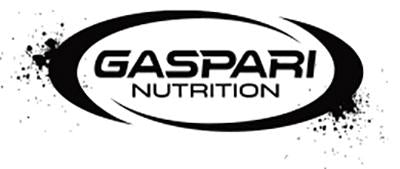
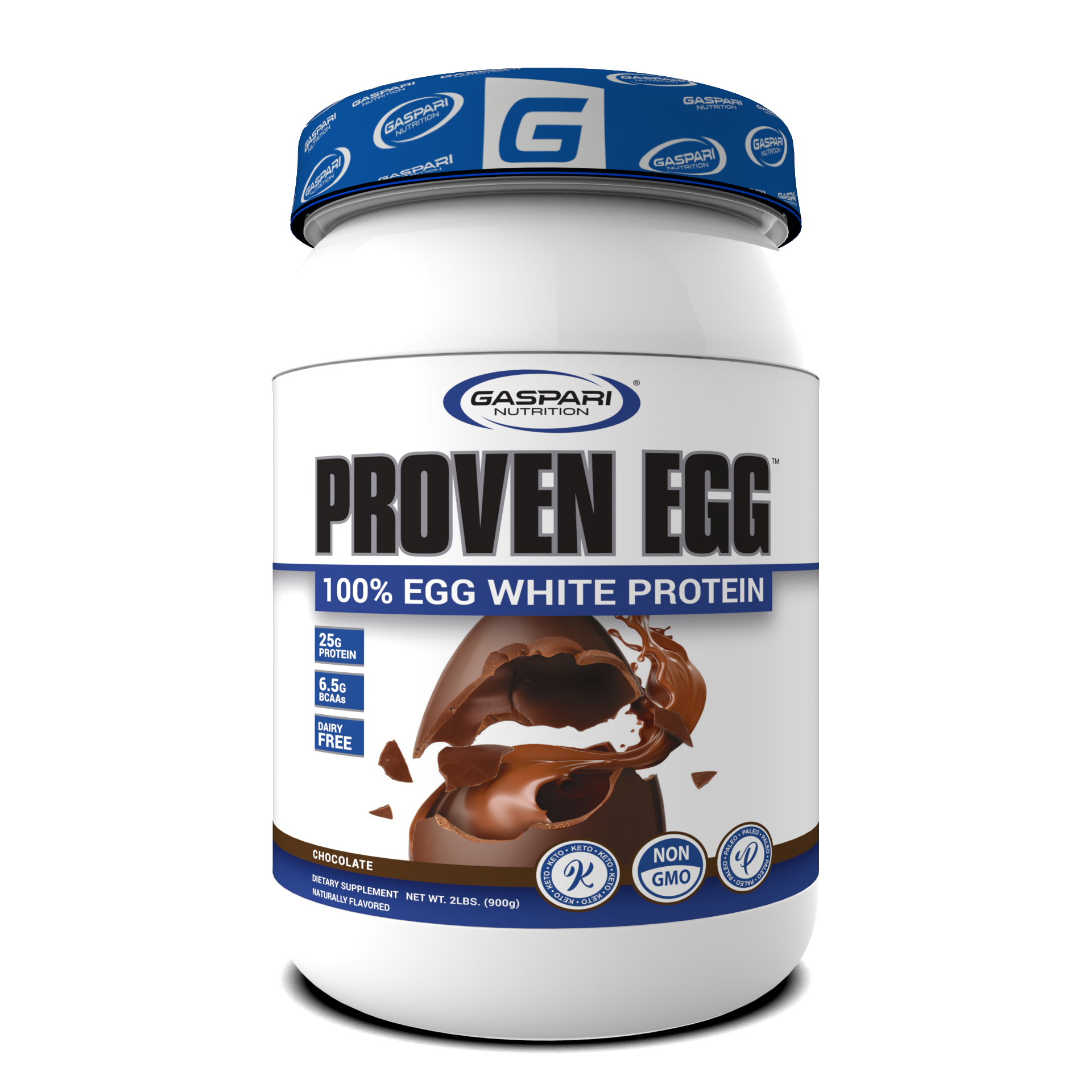




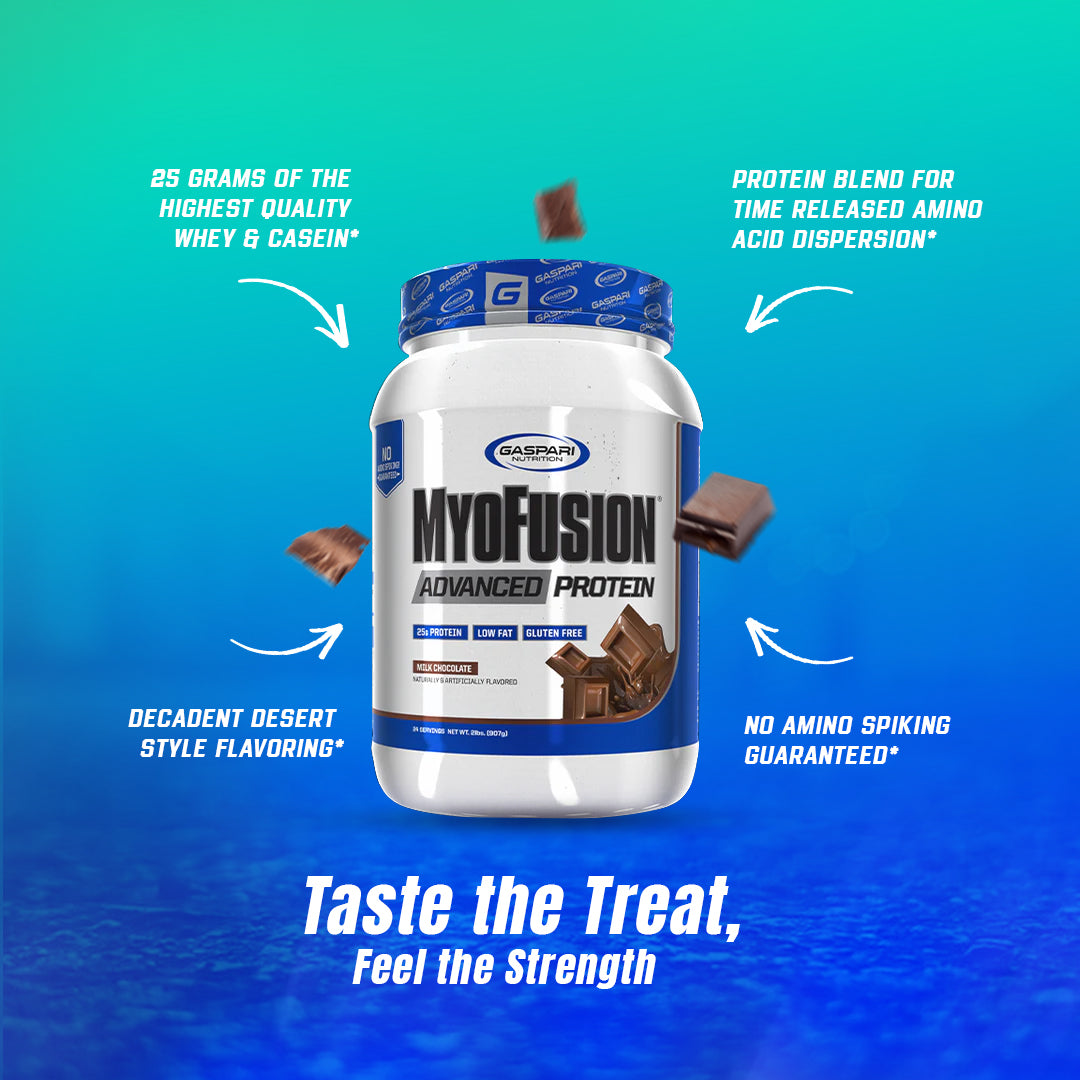

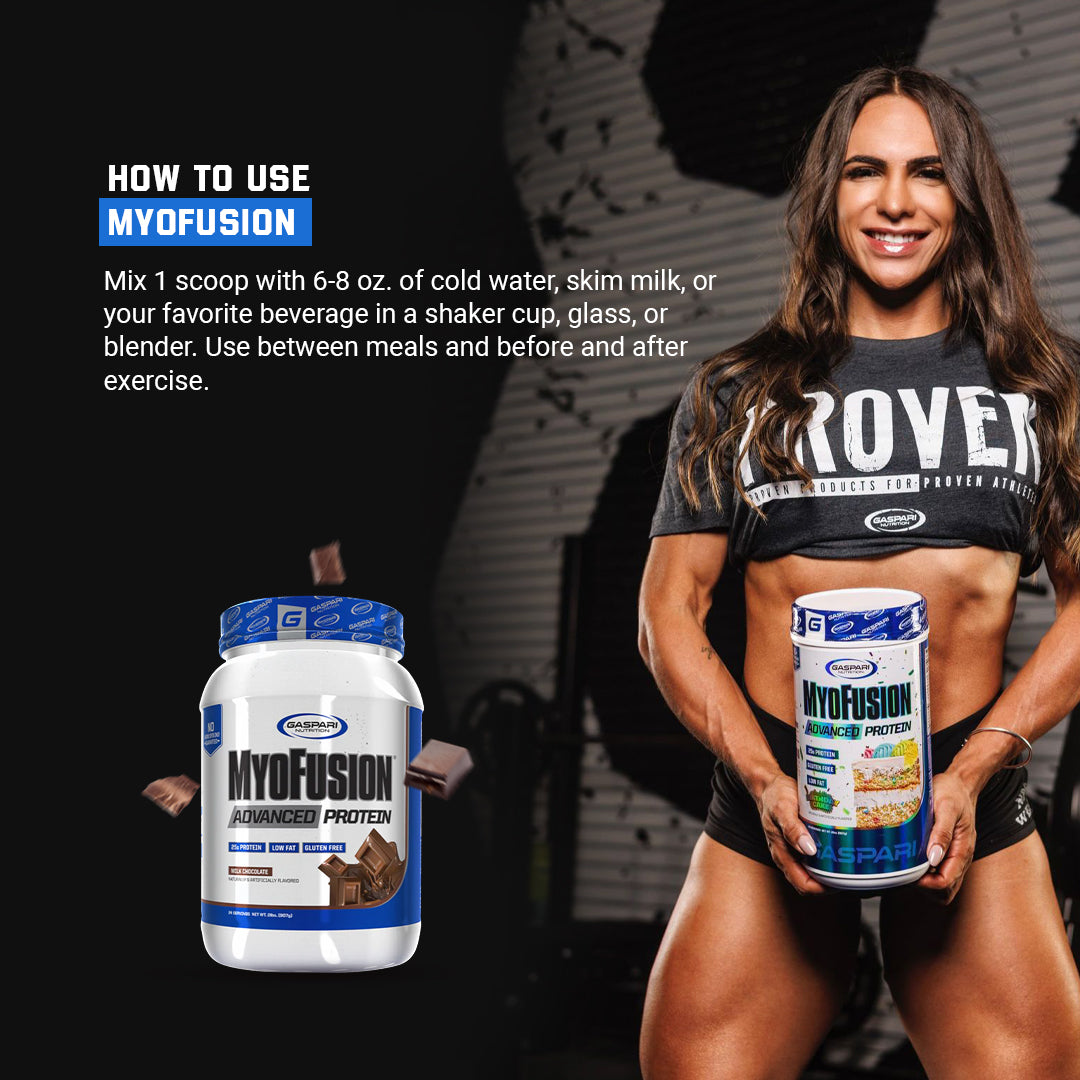
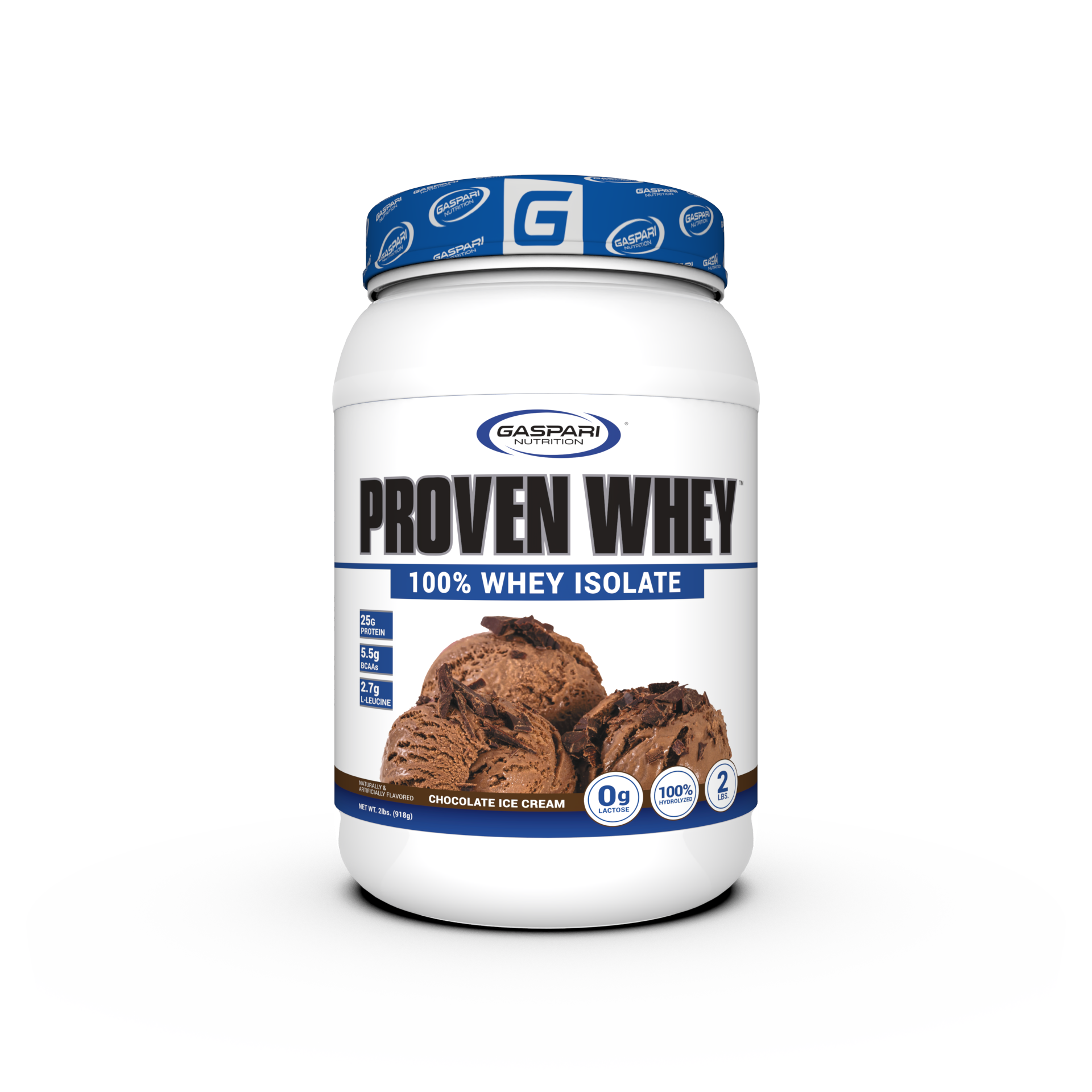


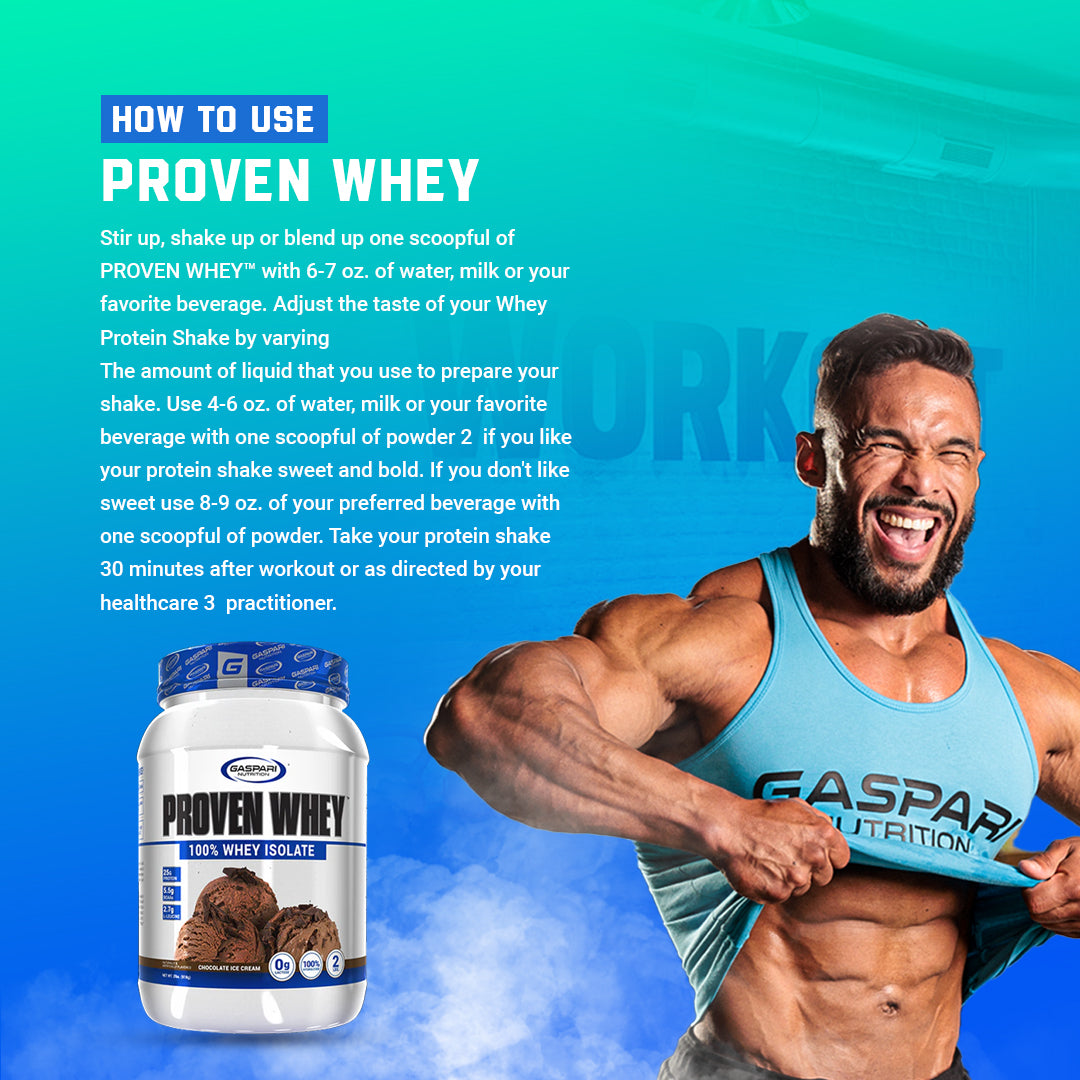

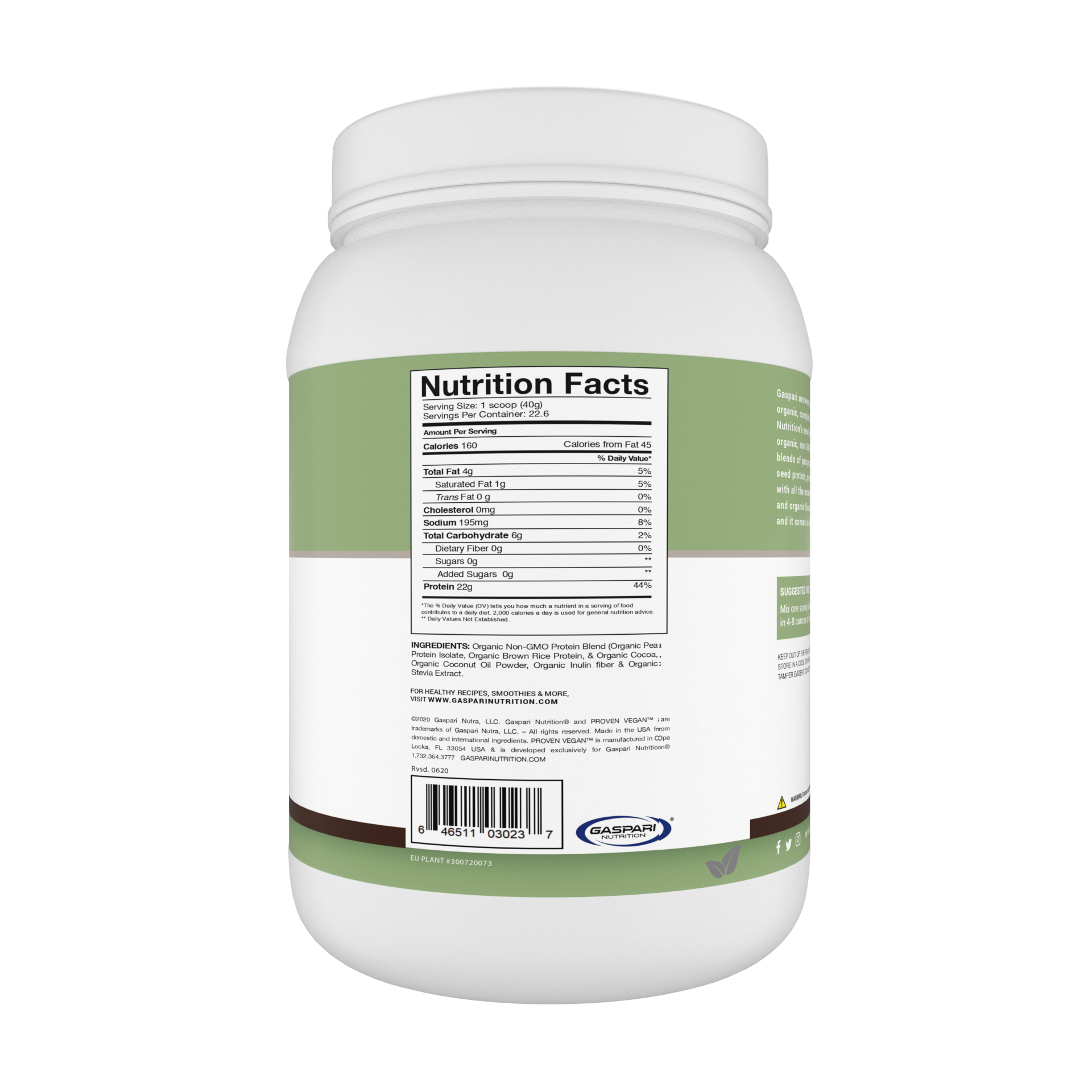

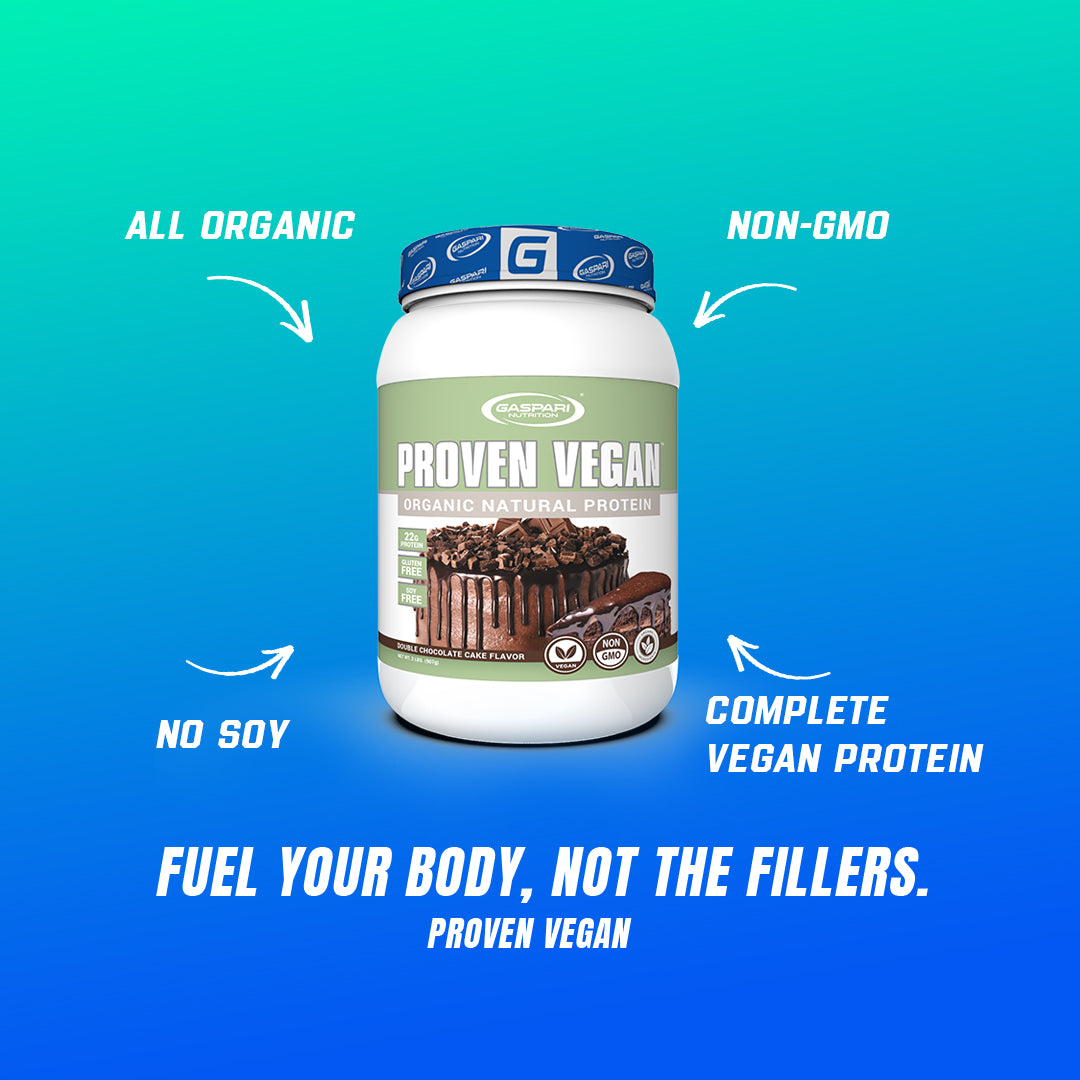
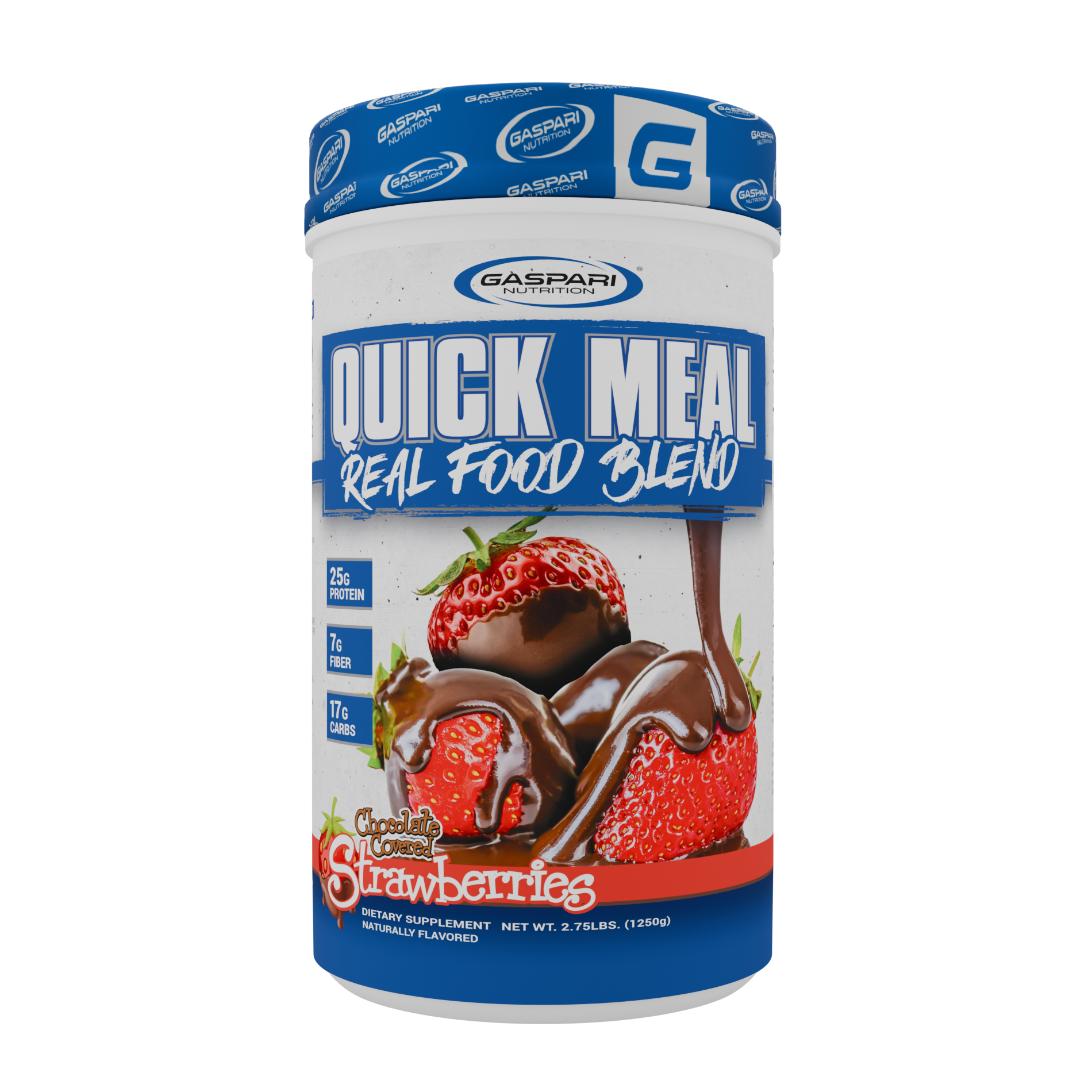


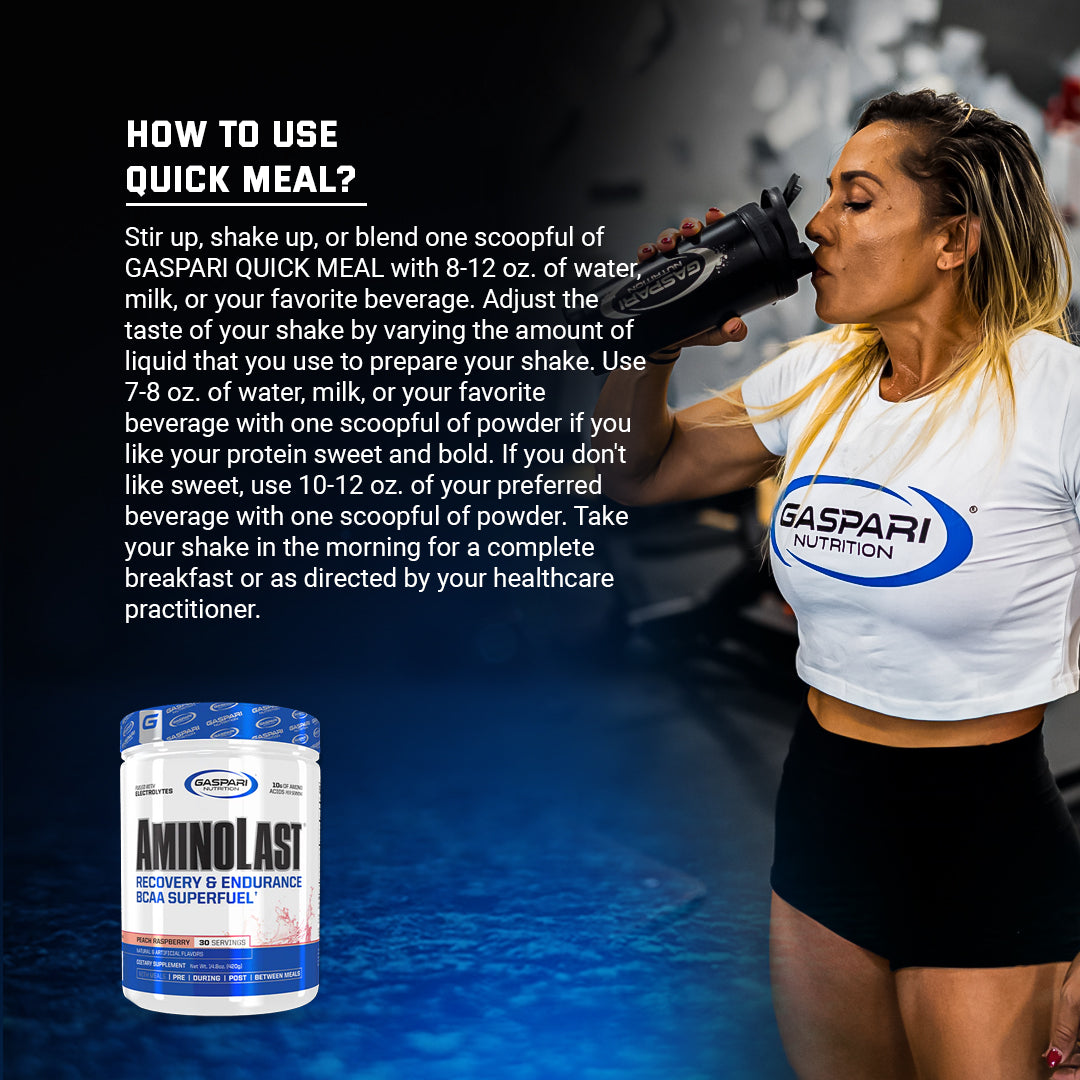
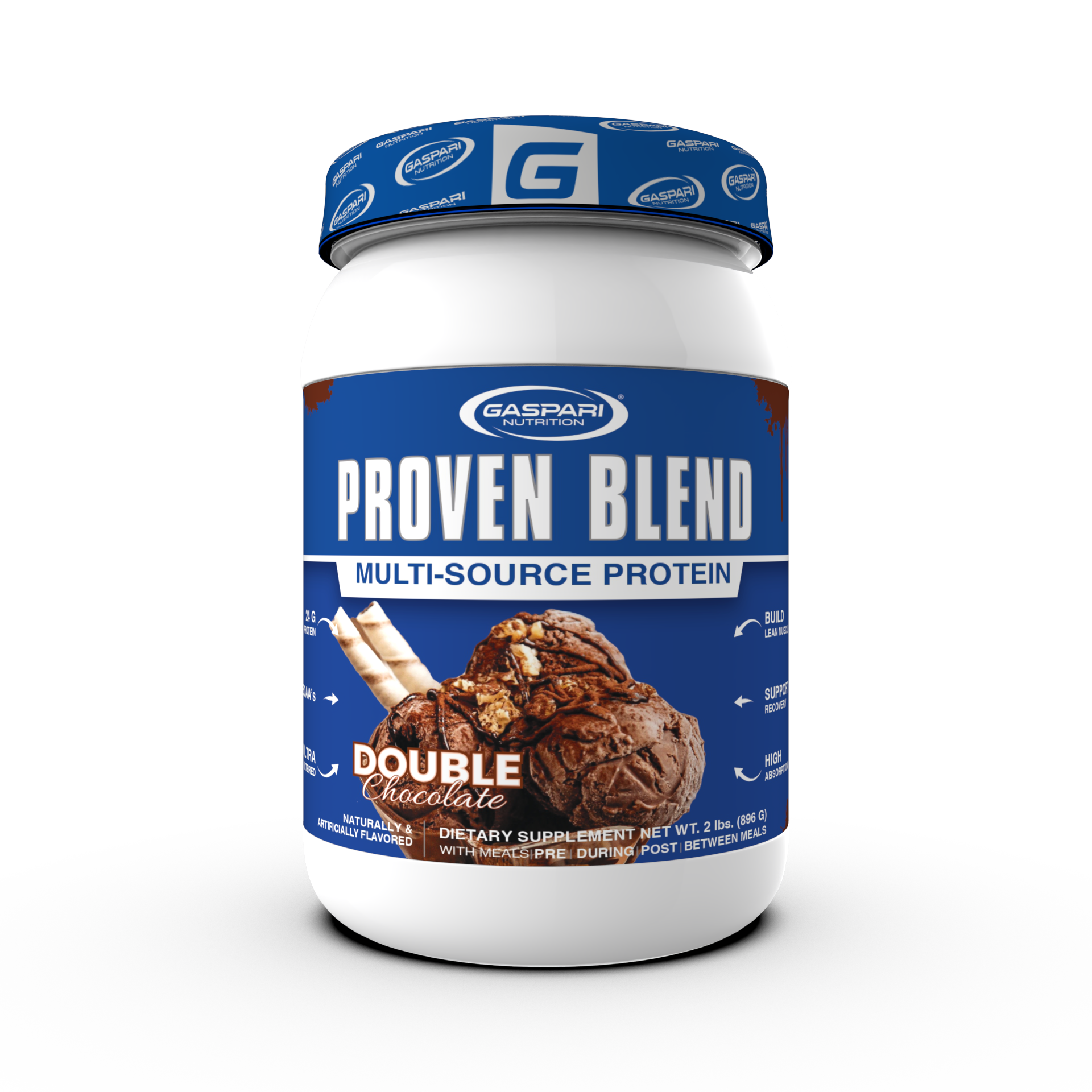
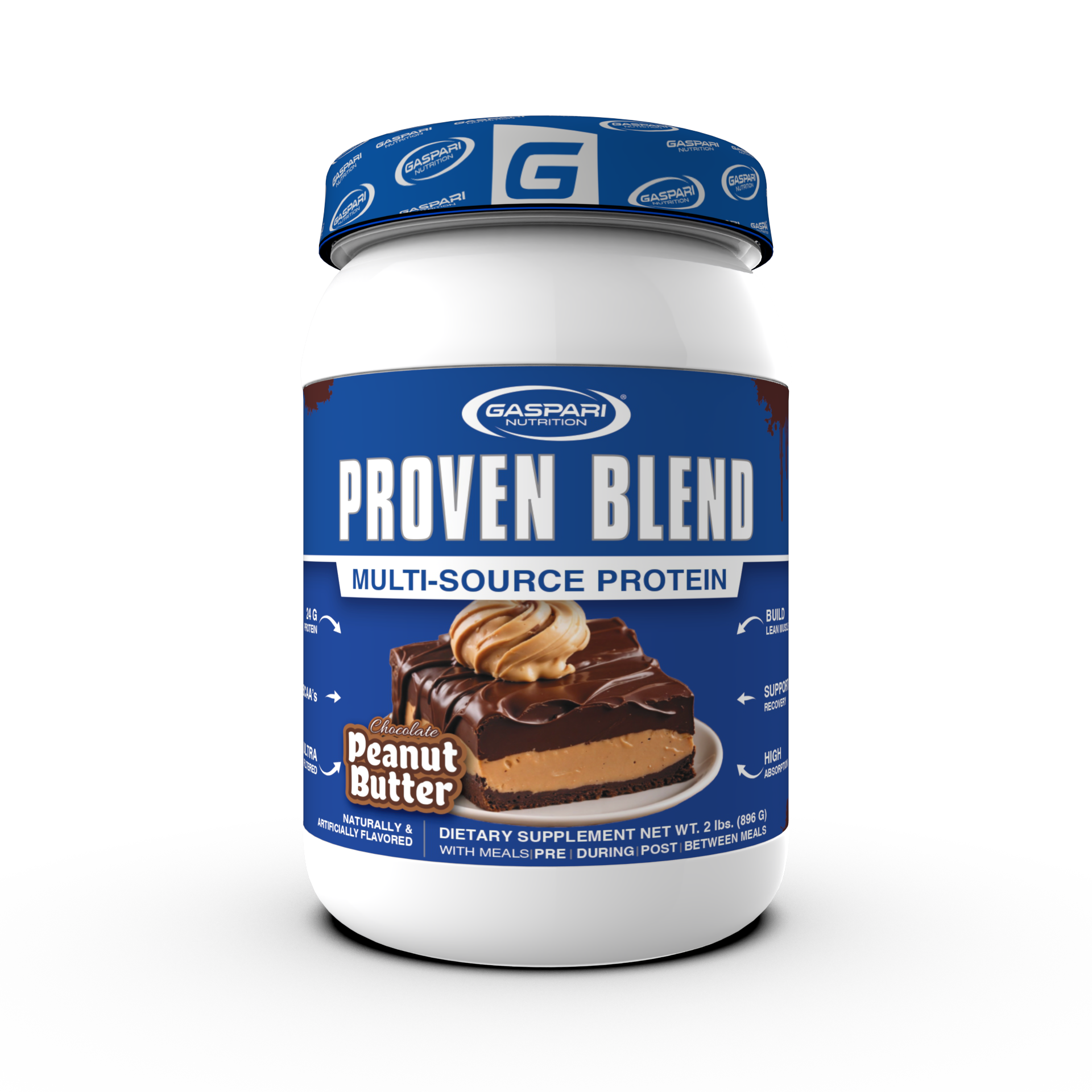


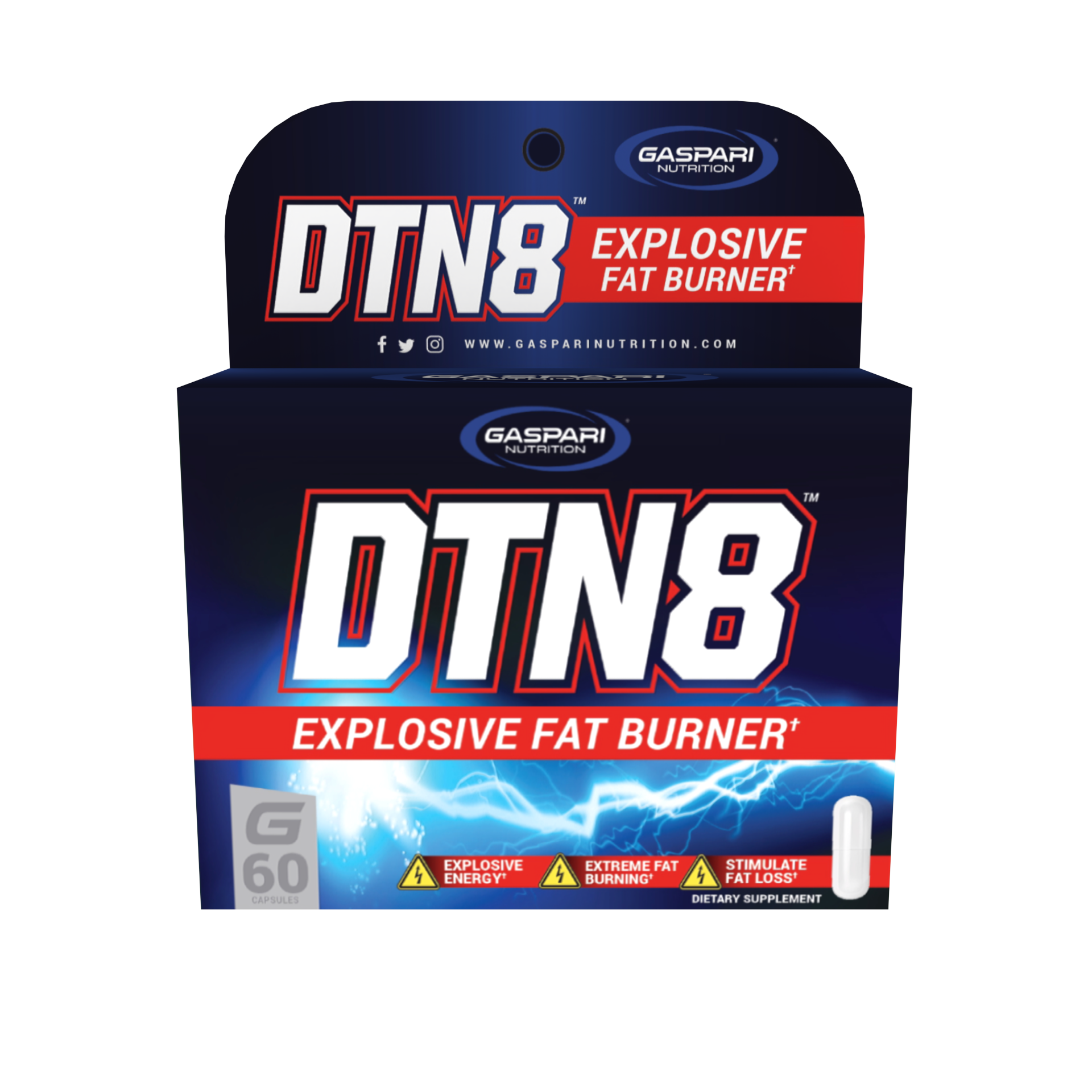



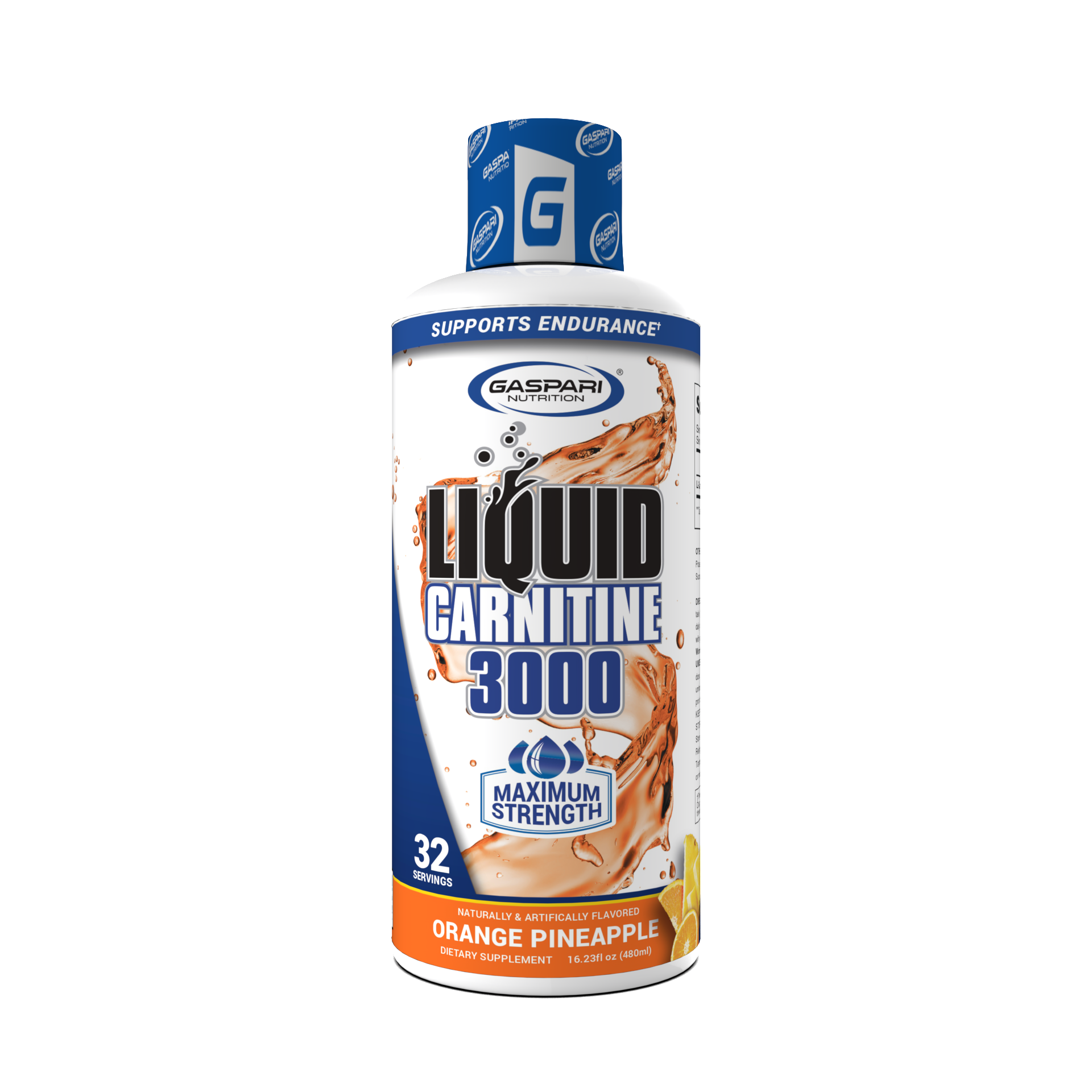


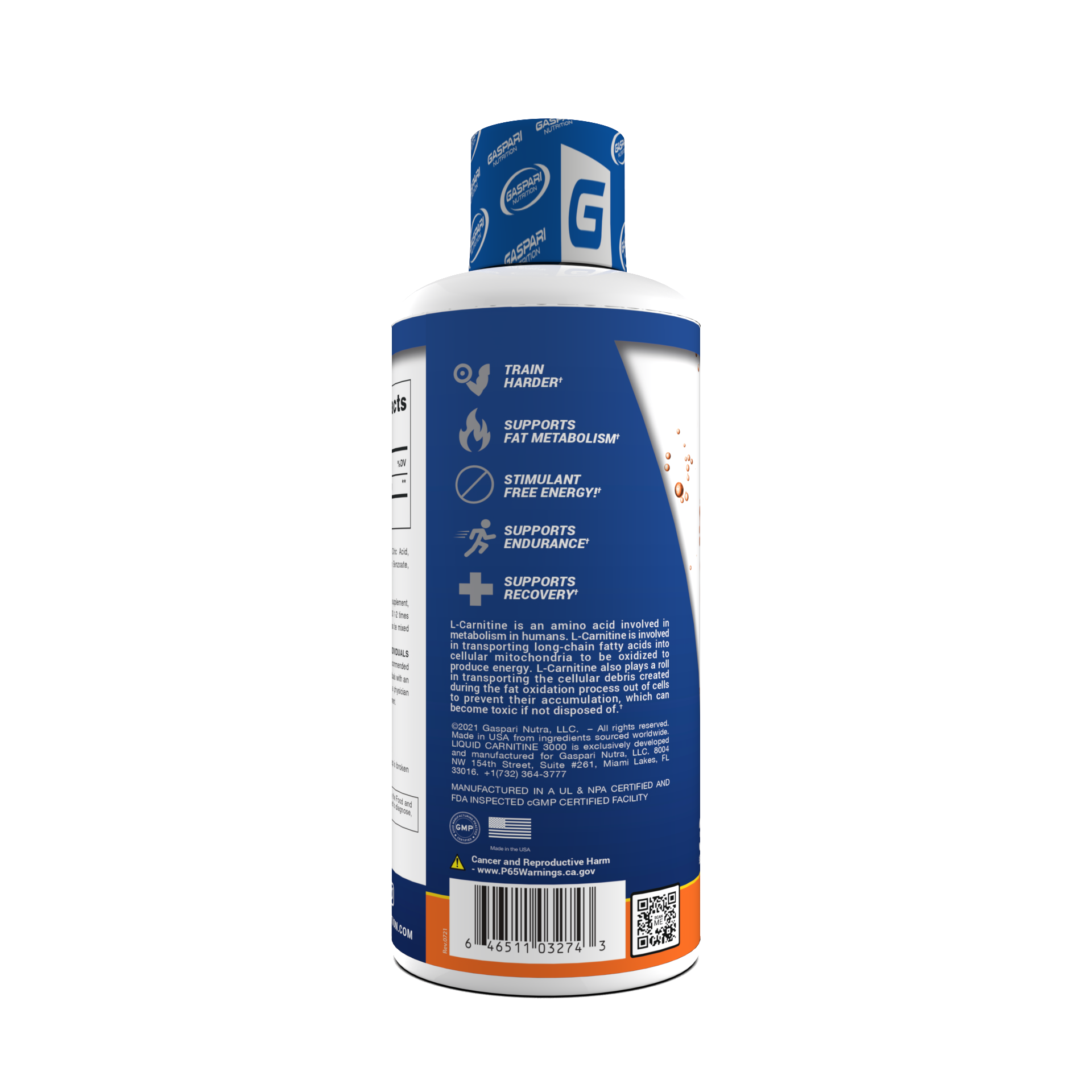

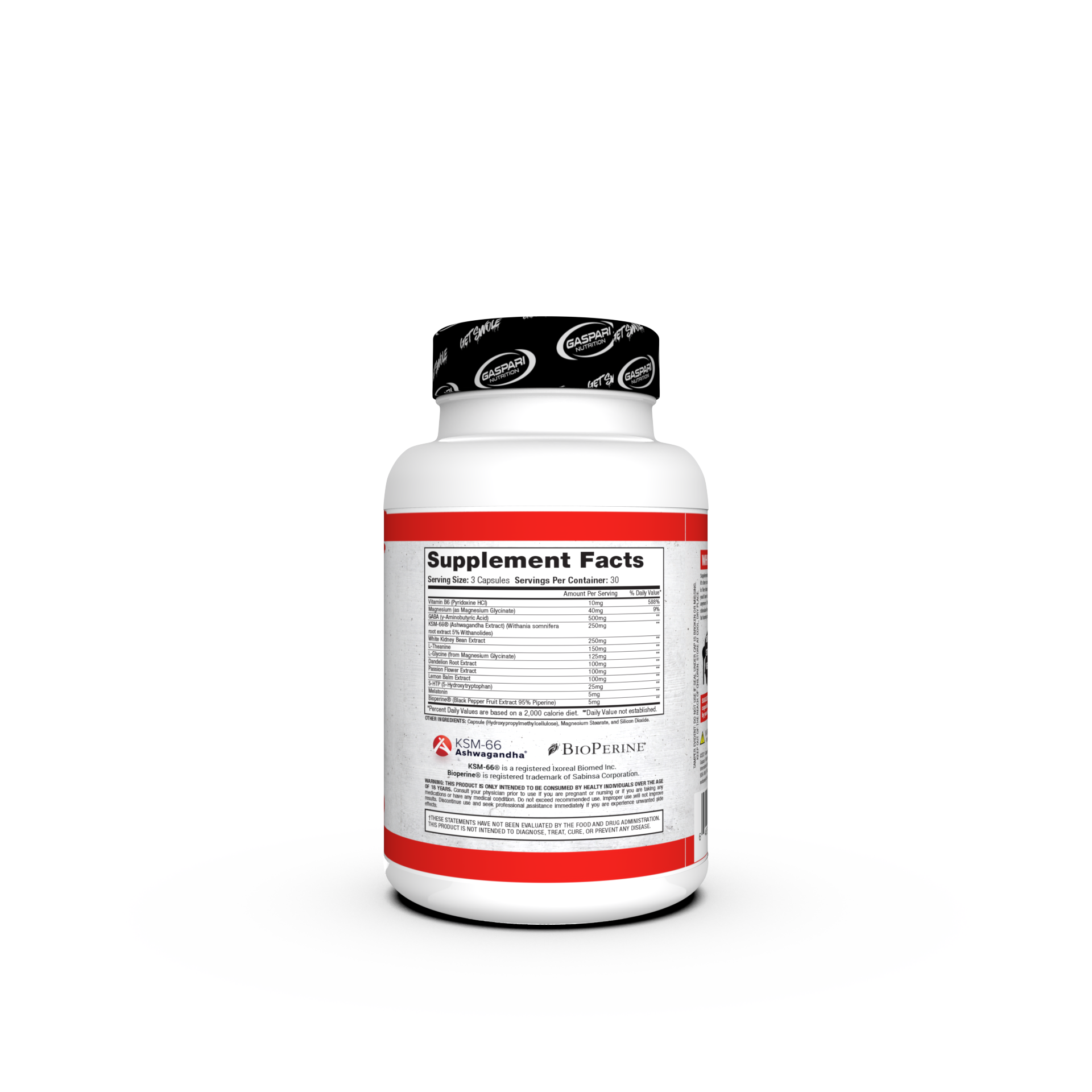
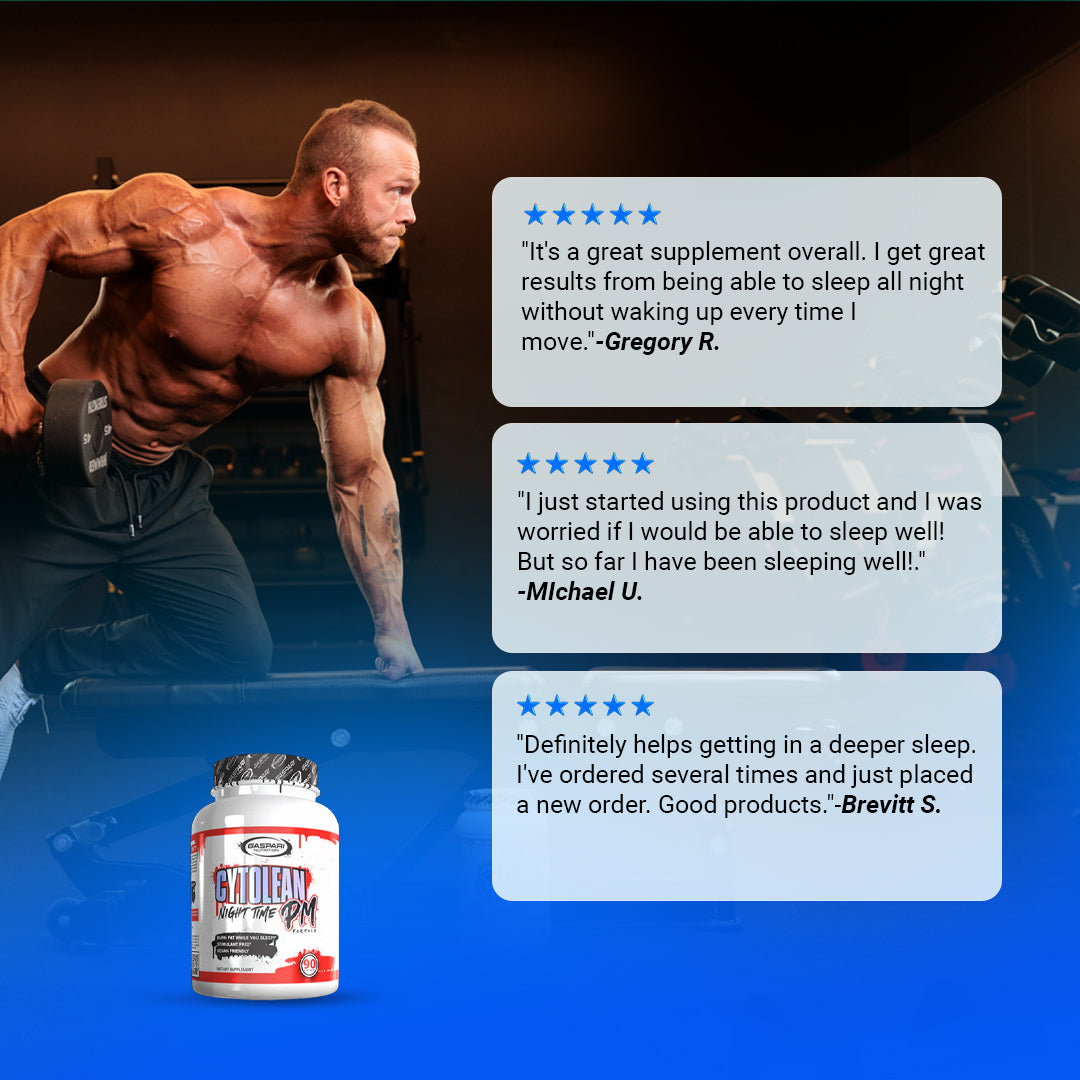

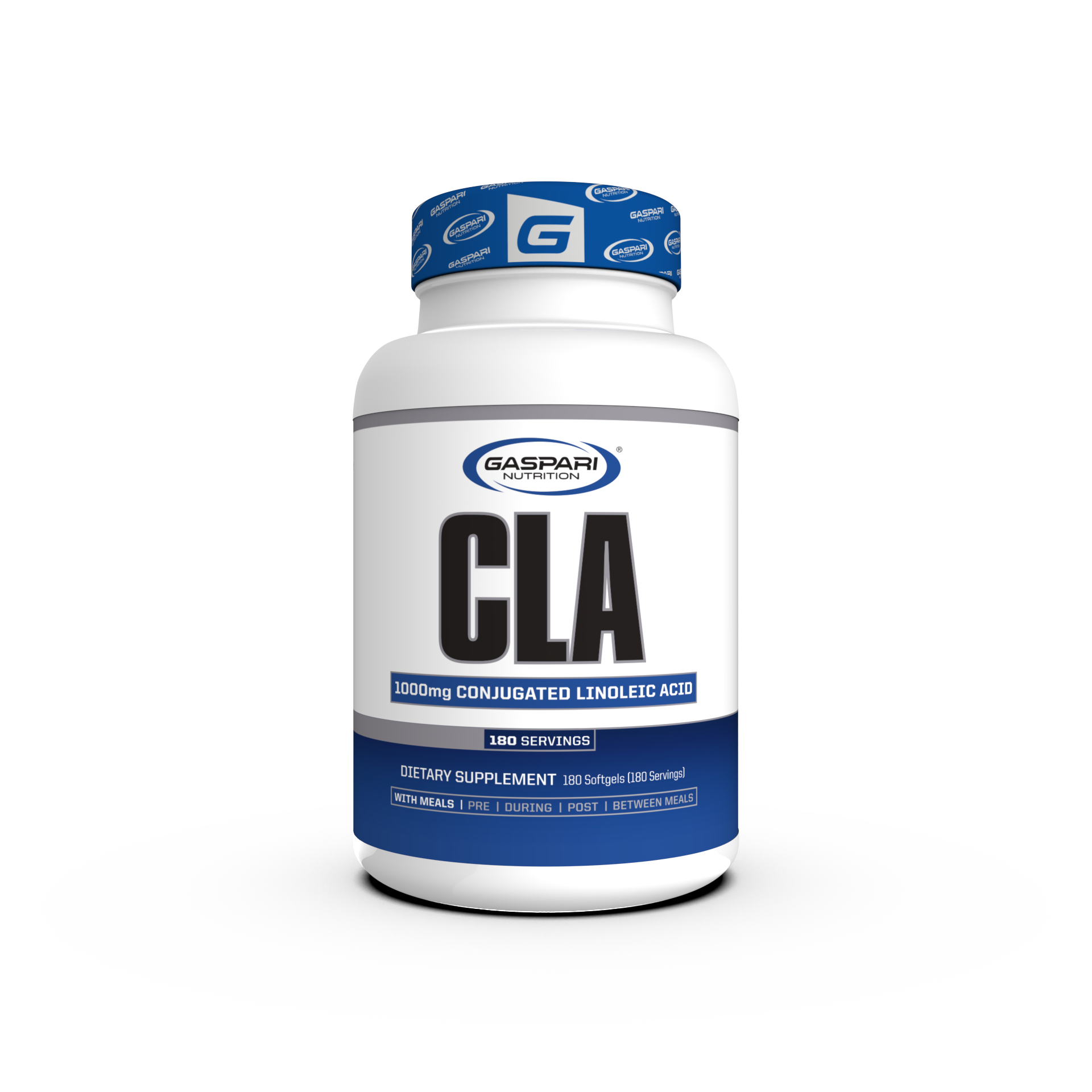

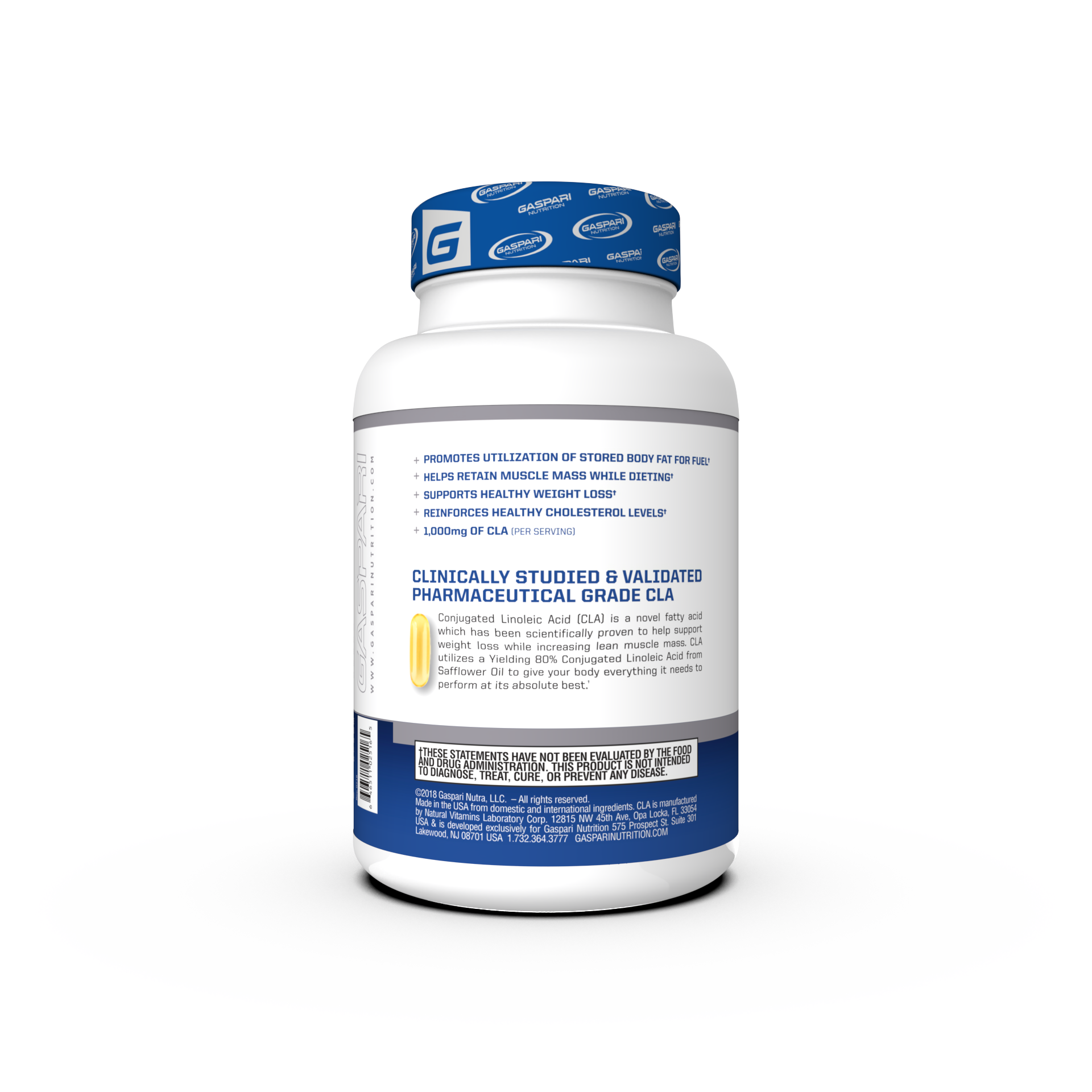



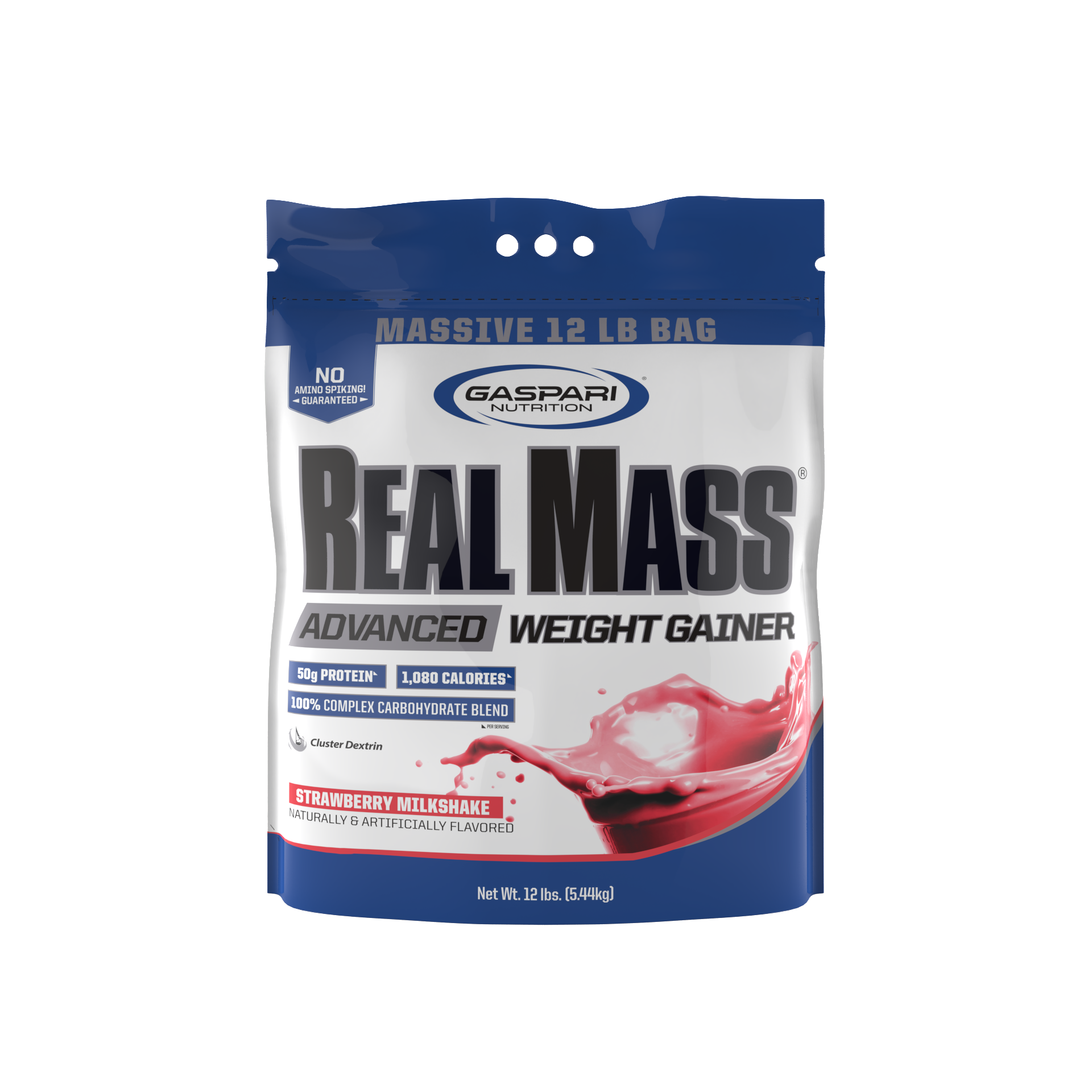

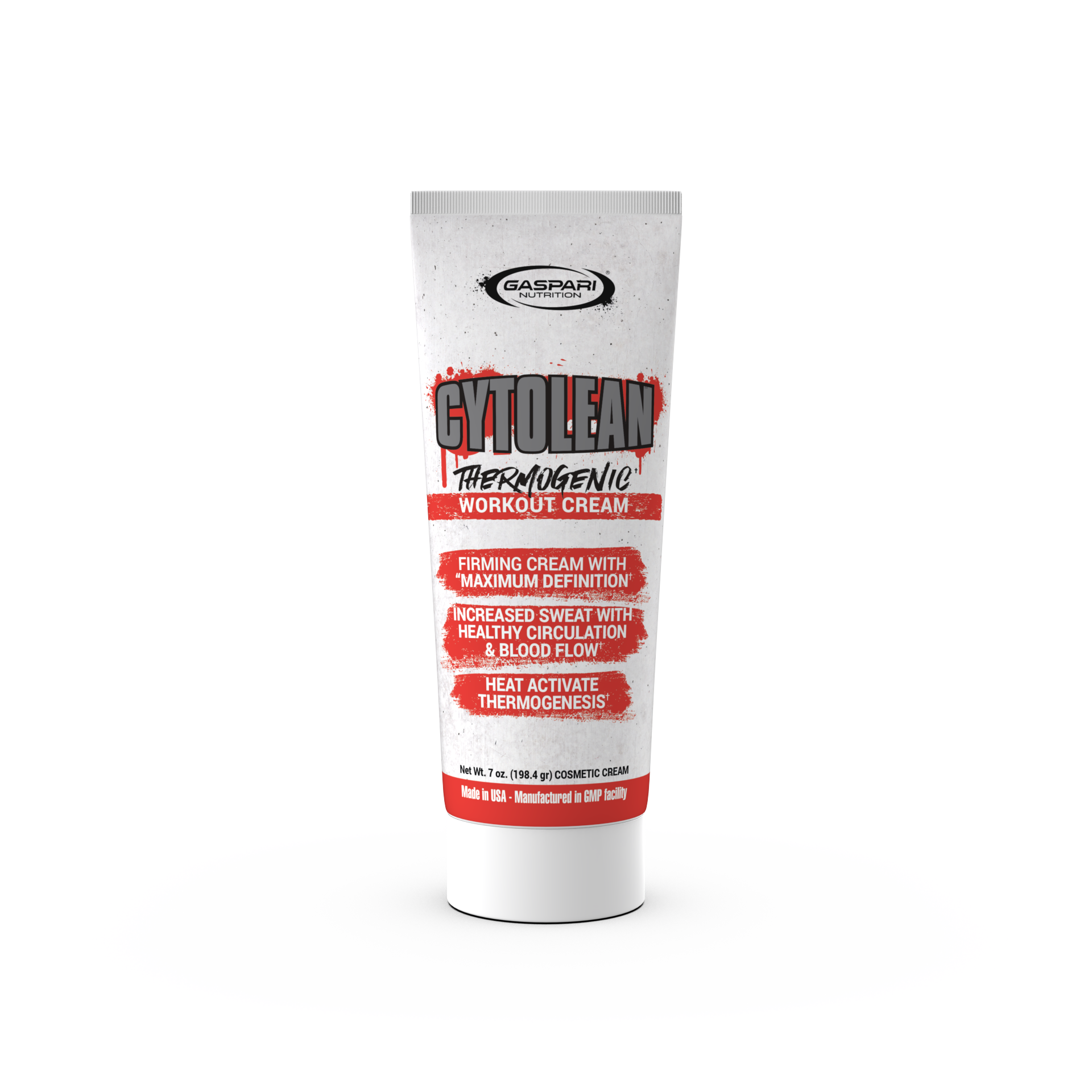


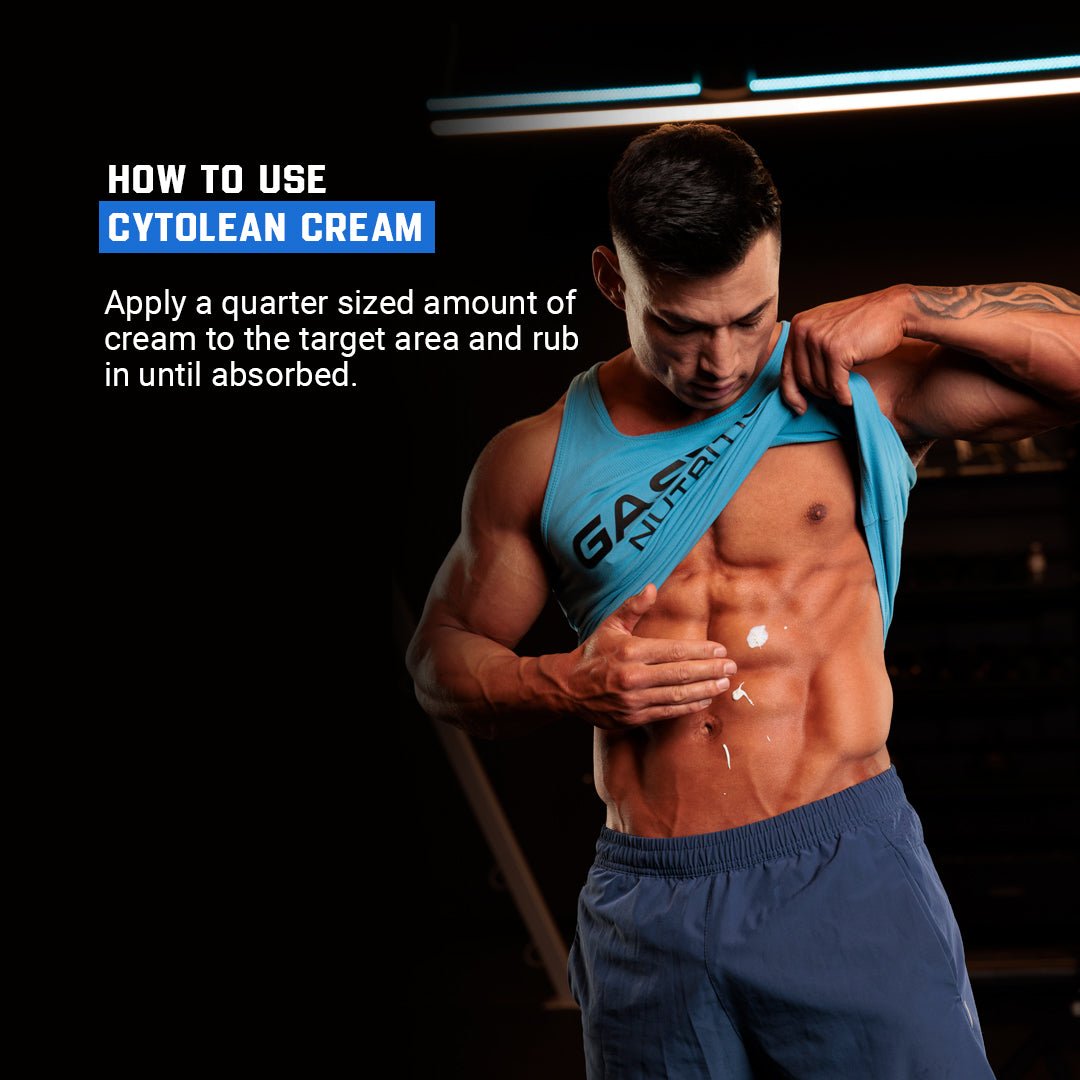
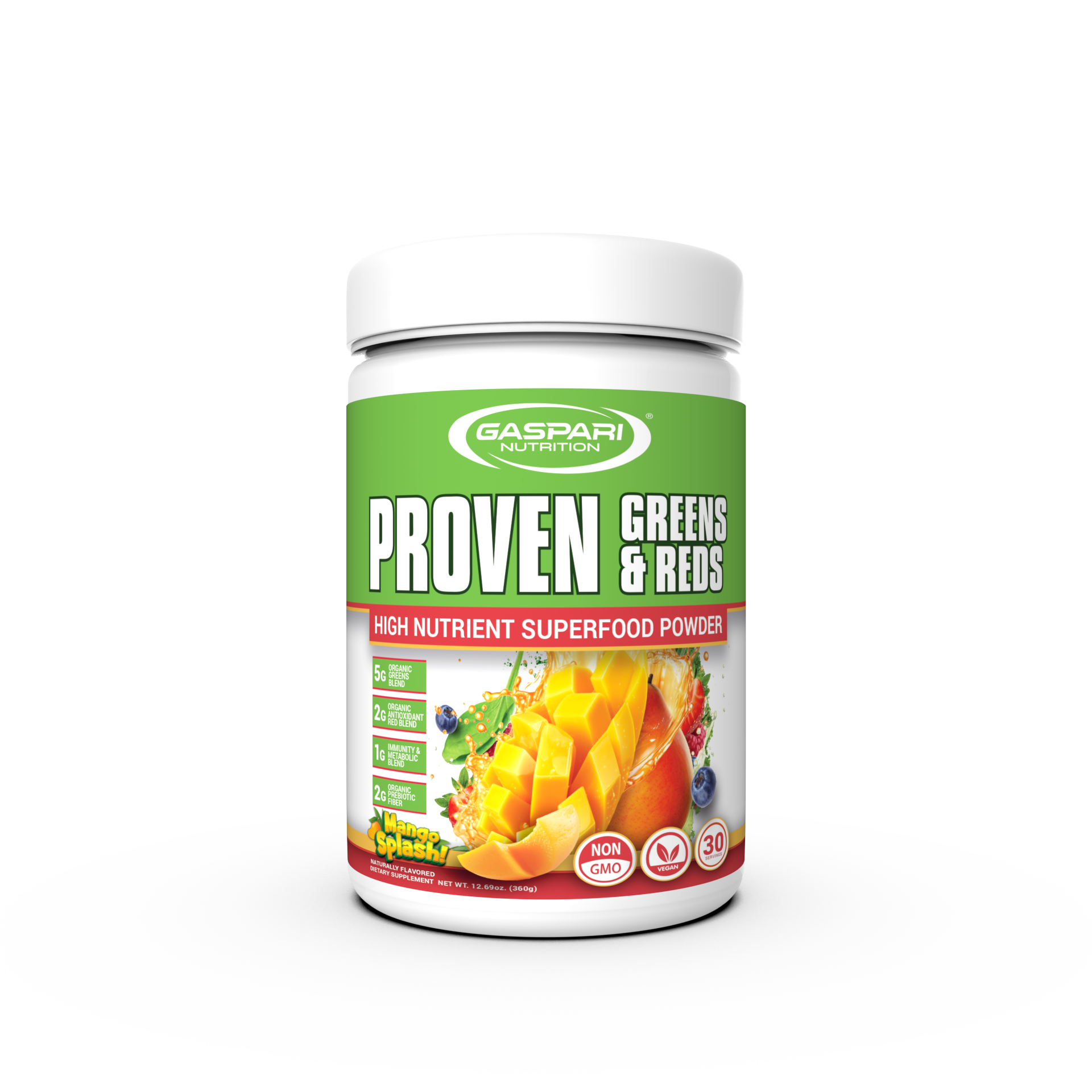
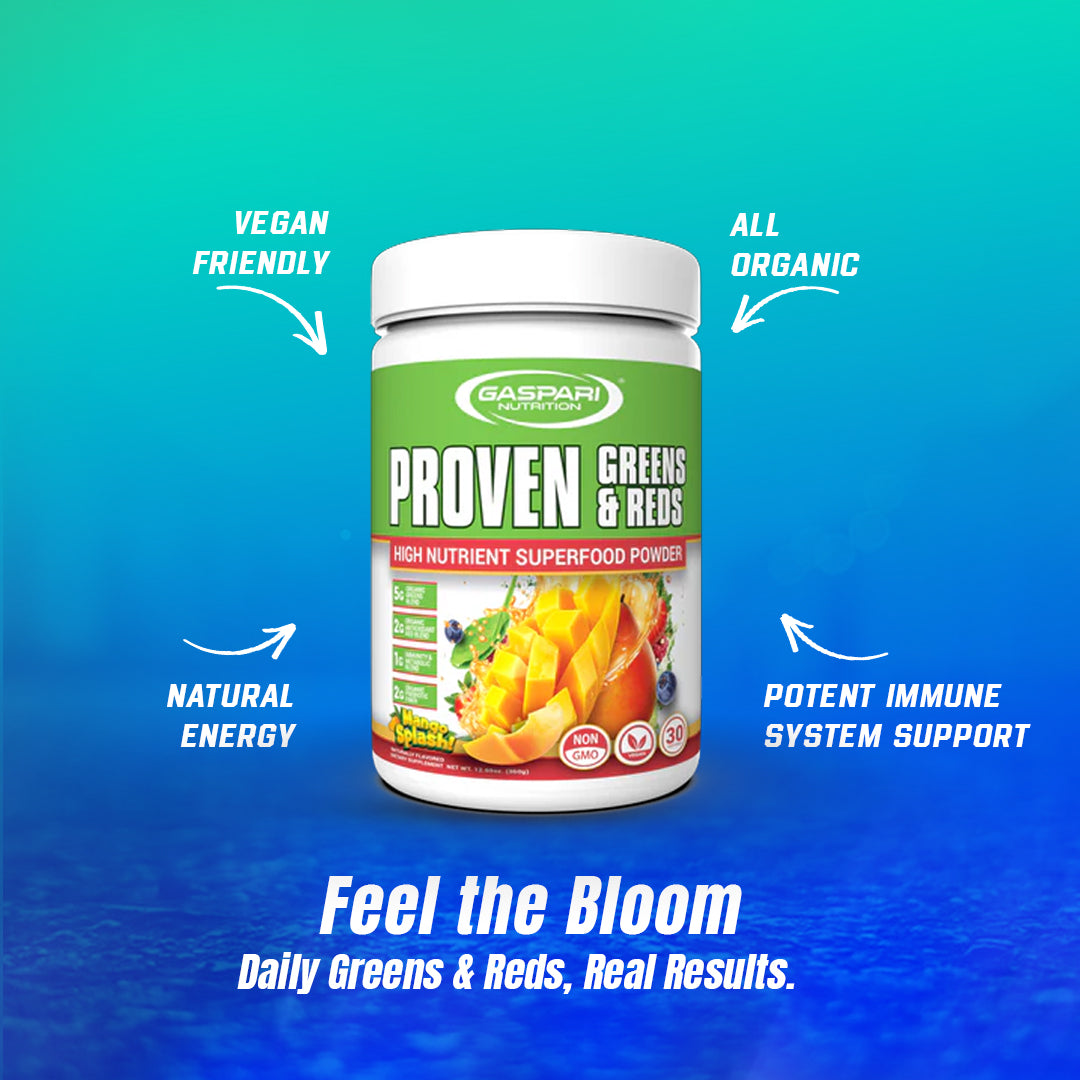

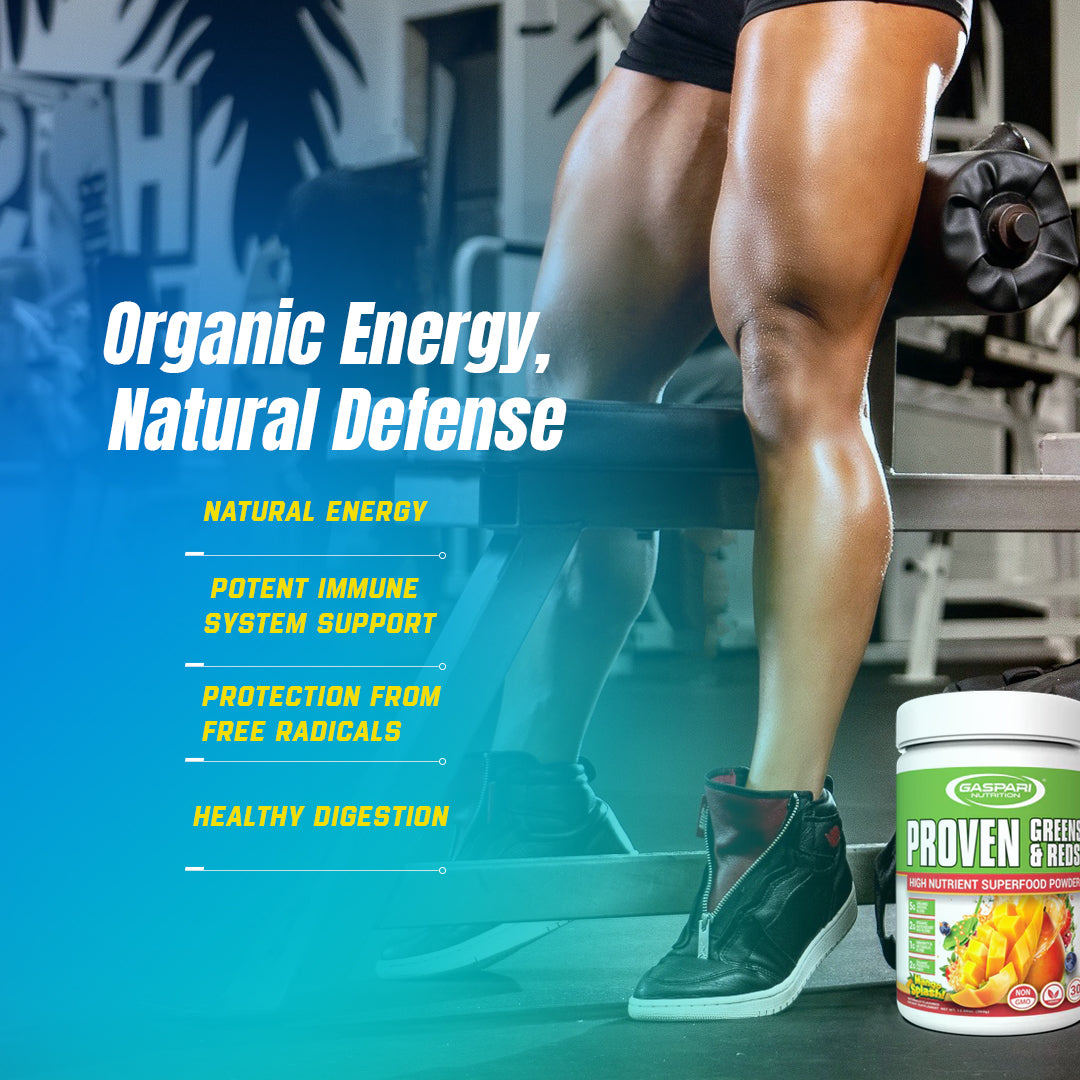

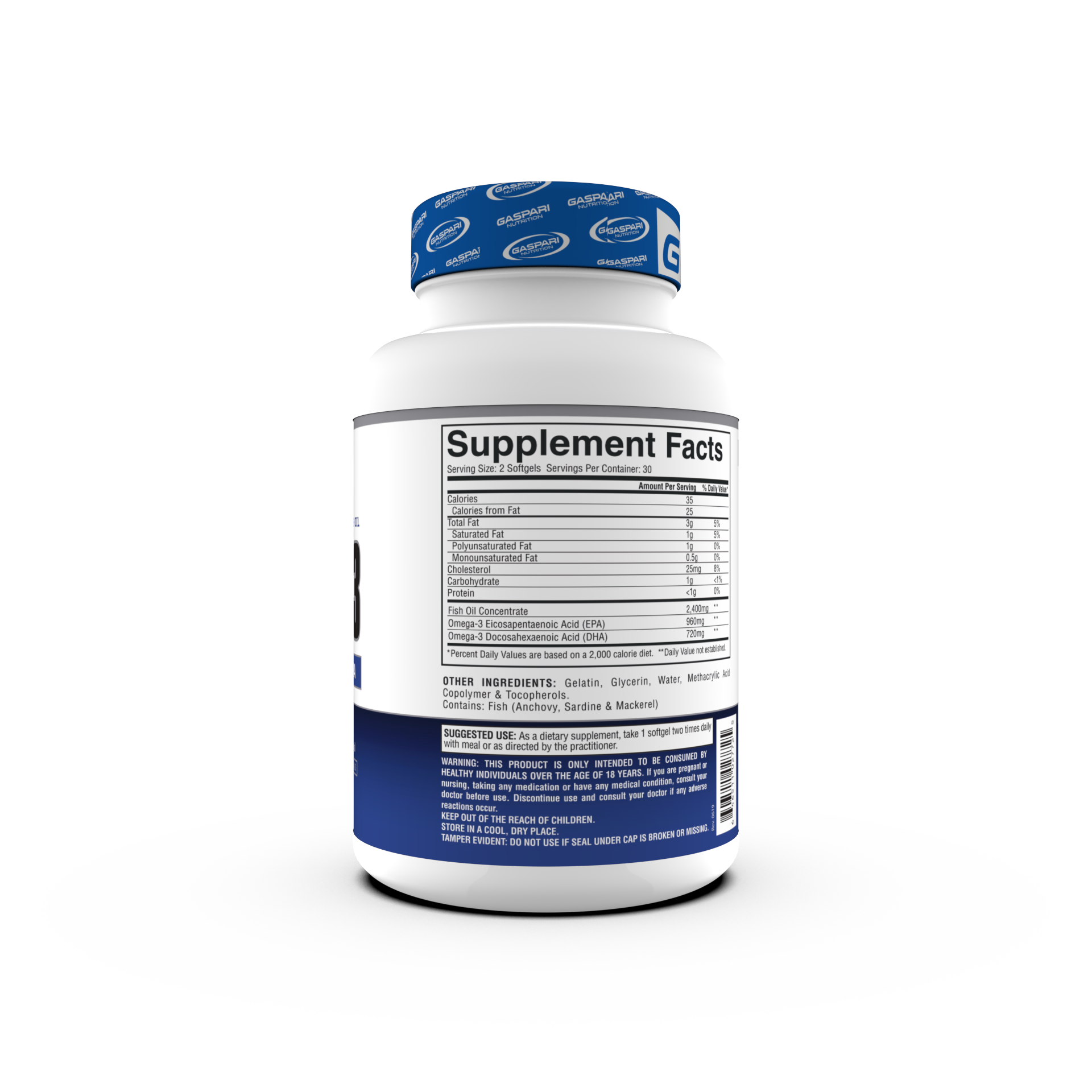
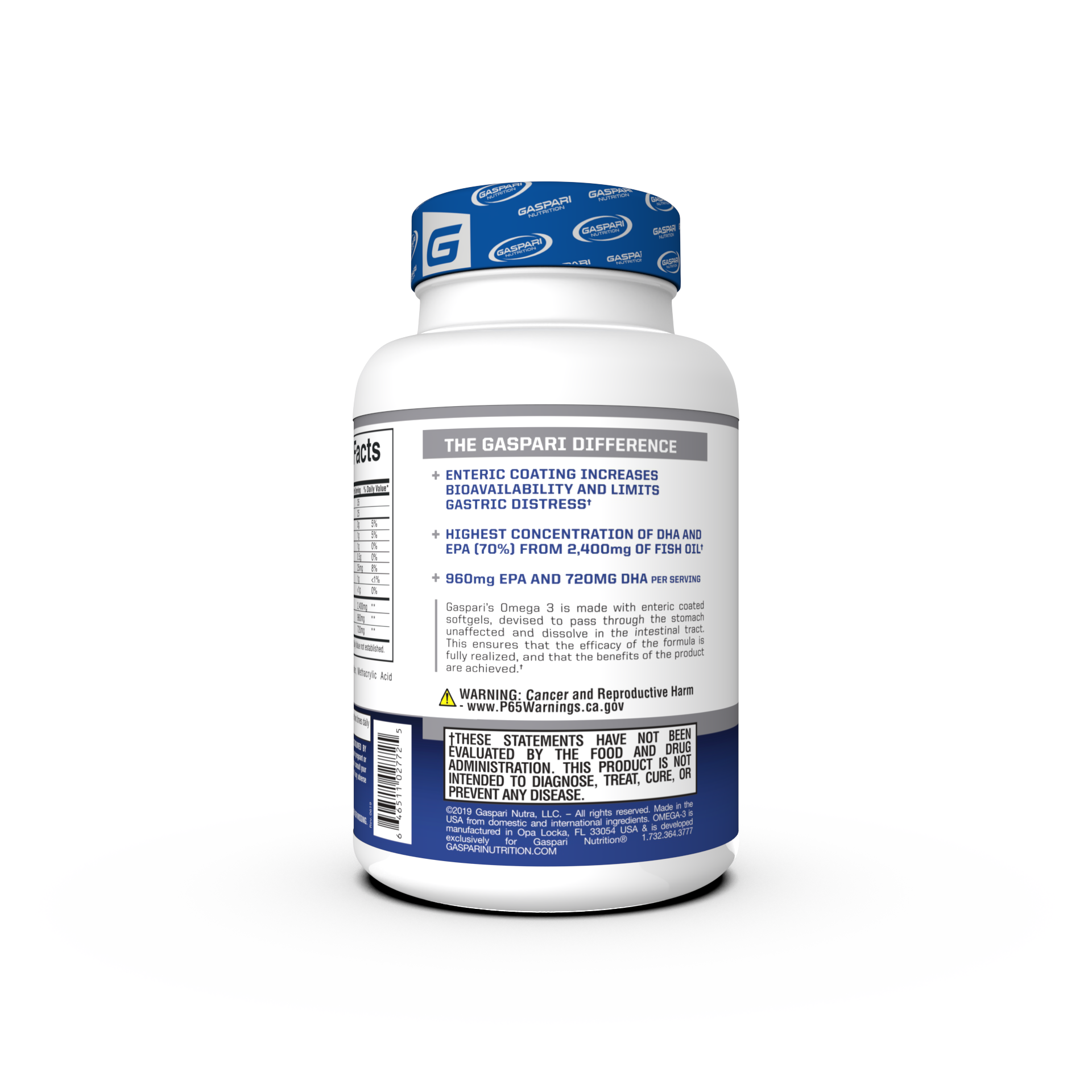

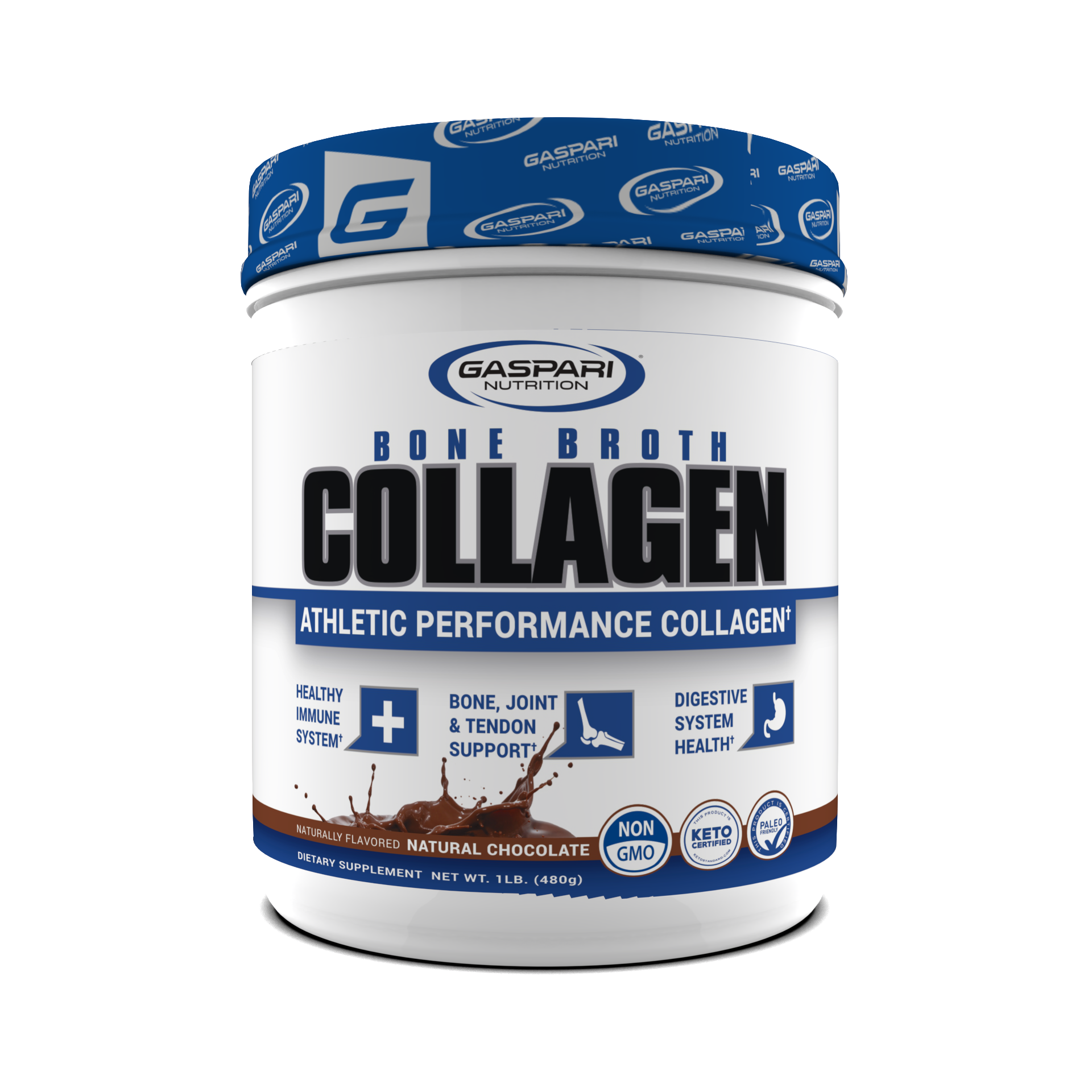







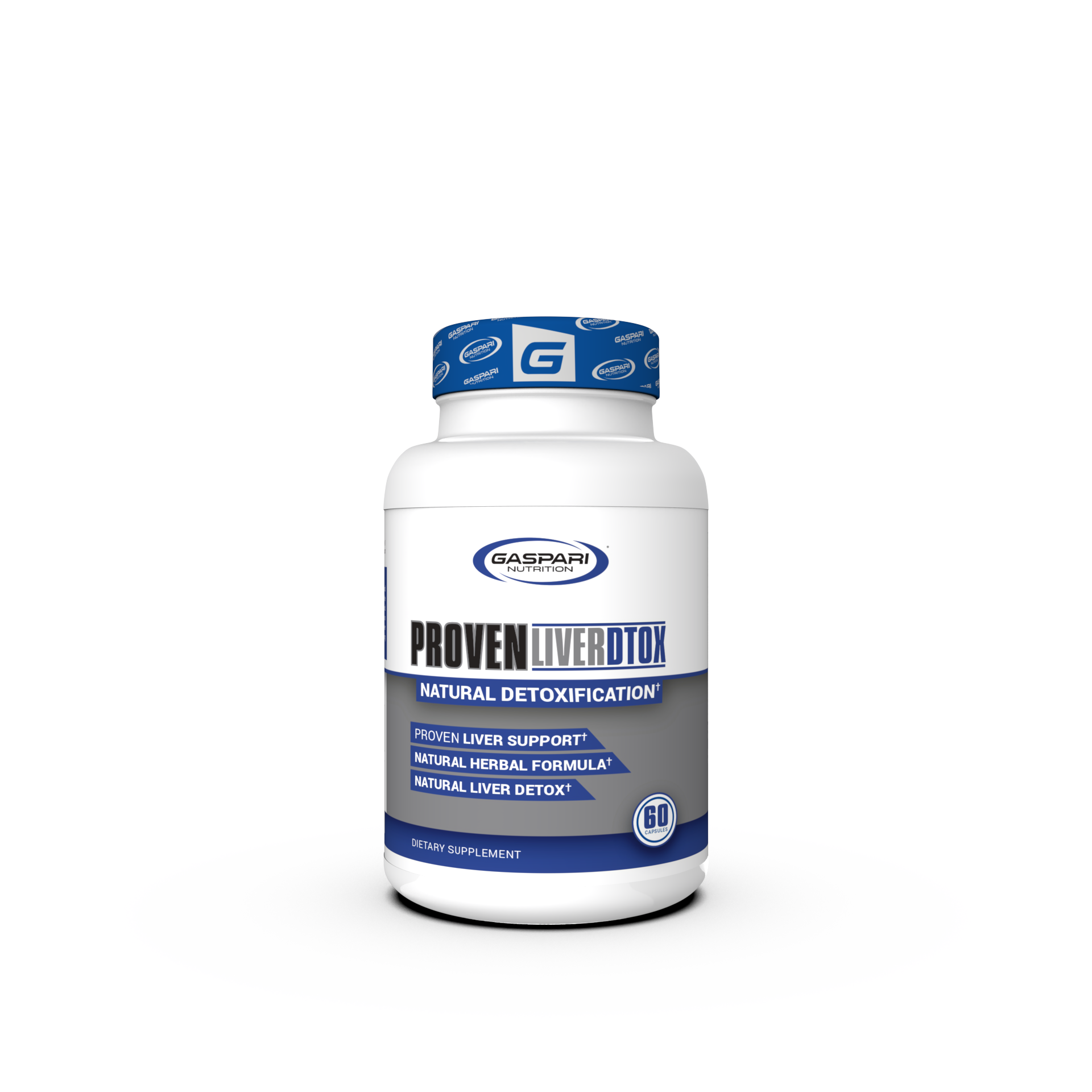

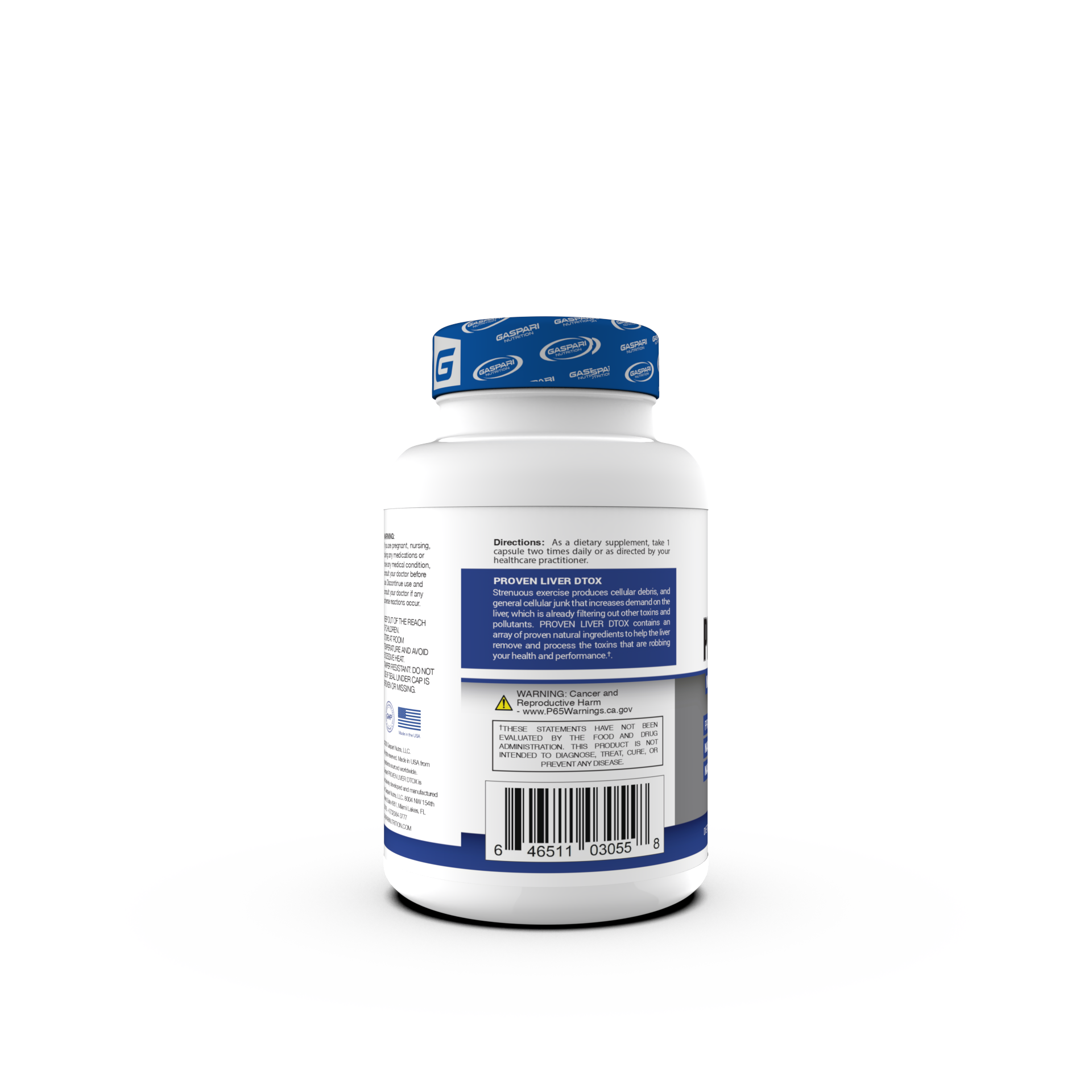

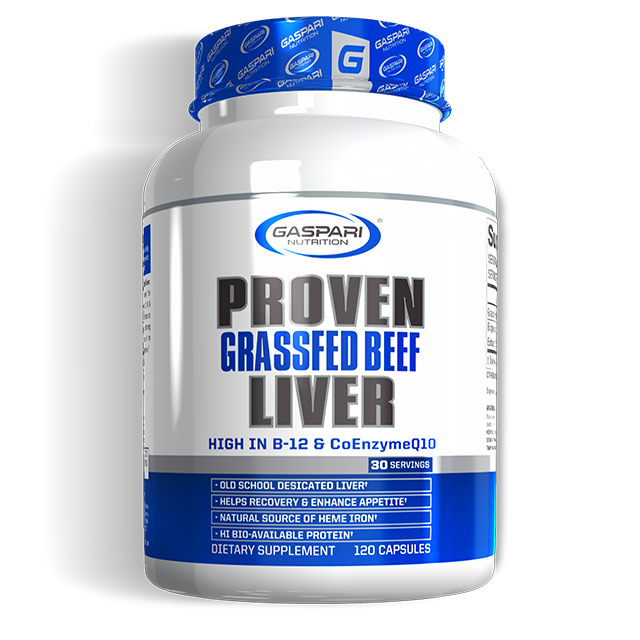





Share:
How To Train Like Vin Diesel
Bulking Diet: How To Gain Muscle Fast